Turkey Part 5: Hiking on the Lycian Trail
Spectacular Views and Exciting Encounters (20)
After many days in our apartment in Patara, it was time to get back to nature as the weather forecast predicted dry and warm spring days. Lisa wanted to hike the Lycian Trail since her first journey to Turkey 14 years ago and fortunately, Dario didn’t need a lot of convincing. The Lycian Trail is 540 km long and follows signposted paths and century old mule tracks around the Teke Peninsula from Fethiye to Antalya with stunning coastal views and traditional villages, ancient ruins and pine forests. The British Kate Clow researched, designed and waymarked Turkey’s first long-distance walking route and it opened in 1999. You can walk it in sections or do a thru-hike, which would take at least 30 days. We had the wrong equipment for that and therefore we decided to hike only a small section from Patara to Fethiye.
We packed the bare minimum in our small backpacks and tried to carry as few things as possible. You can hike the Lycian Trail and stay in a tent or sleep in pensions in the villages. Unfortunately, our tent and sleeping bags are too heavy for a multi-day hike and we opted for the guesthouses. We missed our tent frequently, because there are some spectacular places to set up camp. The only problem could be the water supply, as there are sections without communal springs and sometimes the water storing cisterns don’t look too inviting. We packed our water filter just in case. The official hiking season starts in April and that’s also the time when supermarkets and guesthouses in the villages open. But we were lucky and always found enough water, food and accommodations. The weather was just ideal and we can’t imagine hiking here during the summer. Since we are talking about the Lycian Coast, it’s time to talk about the Lycians who left their visible mark on the peninsula.
Who were the Lycians?
The enigmatic Lycian kingdom stretched roughly from Antalya to Dalyan and over the Teke Peninsula between high mountains and the sea. In this remote region over forty cities have been found with theaters, temples and aqueducts. Ancestor-worship was evidently very important to the Lycians and between the 6th and 4th century BC they built beautiful and extravagant tombs and sarcophagi. Some stunning funerary monuments were built high up in cliffs. Maybe as a shortcut for the deceased to the gods? The region was densely populated and purple, wood and olive oil were traded. Lycia lay on the crossroads of many civilisations and the Phoenicians, Greek, Persians and Romans controlled the area and left their marks. As the landscape is wild, so were the men who lived here and the Lycians enjoyed a reputation for independence and often fought to the last man. In Xanthos they even committed mass suicide at least twice in history before being besieged. The area was a cultural melting-pot and little is left behind of the Lycian culture itself. They spoke their own unique language, but their alphabet included Greek letters and until today their language hasn’t been fully decoded.
The Lycian League was a loose confederation of 23 independent city states. They held votes according to their size and value and were ruled by an elected parliament and a president. This system was unique in ancient times and the Lycians even influenced modern democracy and served as a model for the writers of the American constitution. The Lycian League is often cited as the first protodemocratic union in history and the council chamber (bouleuterion) in our Patara has been dubbed the world’s first parliament.
The Lycian decline started with Arab raids in the 11th and 13th century AD and over time nature crawled back on the peninsula and over the impressive cities and tombs. That is good news for archaeologists, because what somewhere else would be celebrated as a huge sensation, often lies open in Lycia between olive trees and you can find remains of Lycian buildings everywhere, even in the middle of a village. You could spend days discovering the various ancient sites in the area, only around Patara there are Pinara, Xanthos, Letoon or Tlos worth visiting. Those places are usually hard to get to without a rental car. The Lycian Way passes some of those often overlooked sites. Unfortunately, the section we hiked didn’t pass any ancient ruins.
Our five highlights along the Lycian Way
We spent six exciting days on the Lycian Way and they really increased our anticipation to continue our cycling trip soon. We missed those intensely full days in nature during our winter break. We wandered over hill and dale and followed the coast along old Roman and Greek roads. We could have made the whole stretch within four walking days, but Lisa wanted to stop at the Butterfly Valley and Kabak Beach and so we took six days. And here they are, our personal highlights of the Lycian Way:
1. Flora & Fauna
We are not surprised that the Lycian Way has been voted one of the most beautiful long-distance-hikes in the world. It’s absolutely stunning and diverse. Sometimes our path led us over loose rocks from bay to bay, always with the sea in sight and shortly afterwards we would walk through pine forest with views over rugged mountains. Spring was in full swing with blooming meadows, wild flowers, butterflies and humming bees. We had to stop several times and just stand in awe of the beauty surrounding us. We passed some famous holiday beaches in Kabak and Ölüdeniz, but also some remote coves such as Paradise Beach near Alınca, where it would take quite a while to descend.
We definitely saw a lot of life on the trail, but more wildlife than people. We passed herds of sheep and goats several times a day and were always surprised how effortlessly goats moved along steep slopes and how curious they were. We also observed several lizards and birds, but the tortoises definitely stood out. We didn’t expect to see them and we ended up seeing eight along the trail. It even started on the first day, when Lisa mentioned, that it would be great to see a tortoise and at the very same moment, there was one lingering around directly in front of us on the path. Fortunately, we didn’t see any snakes and scorpions on the trail.
2. Butterfly Valley (Kelebekler Vadasi)
Butterfly Valley lies 400 m below the village of Faralya, below some steep and almost vertical rocks. The green valley is a nature reserve with many butterflies, a waterfall and the famous sand beach with turquoise water. Lisa visited this valley before on a boat from Ölüdeniz and wanted to return as she remembered this valley being an idyllic hippie place. We arrived in Faralya at lunchtime and after passing many closed pensions, we finally found a guesthouse that was open and we were able to leave our main luggage in the room. Now, we were ready to visit the butterflies, but this time descending the dangerous path from Faralya.
We read about the steep trail in advance and knew it would be difficult, but once we stood on top of the cliffs with the assistance ropes, we started to get insecure. One misstep and we would tumble down the cliff. What are we doing here? Shouldn’t we rather be visiting the Butterfly Valley on a nice safe boat trip? But it was too late, Lisa already started to climb down and if she can do it with her fear of heights, Dario would also manage it. We have to admit, our heart was racing and there were some risky sections. We tried not to look down and just concentrate on the next step. After an hour of pure adrenalin, we finally arrived in the valley. Once we reached the main path in the valley, we saw a big warning sign stating the following: It is dangerous and illegal to climb to Faralya. Oops, they should have put that sign up on the top of the trail, that would have been very helpful. Now, it was a little too late. We’d have to go back the same way. There were some fatal incidents in the past and you definitely should only do this trail if you feel secure climbing and with sturdy hiking shoes.
Butterfly Valley nowadays is an ultra-popular selfie-stop in Turkey and a popular excursion on a cruise from Fethiye. Big ships arrive in the morning playing the theme song of Pirates of the Caribbean and the beach must be full during the tourist season. Luckily, we had a very different experience, as we had the beach to ourselves when we went swimming in the clear and cold water. Lisa was surprised how little the valley has changed since her last visit, there is still a makeshift bar, a couple of shacks where you could stay and it was the same “The Beach”- vibe. It’s still a unique and idyllic place and we are glad we visited it. But once we were back up on the top in Faralya we both agreed, that we didn’t want to hike down there ever again and we definitely only recommend visiting the Butterfly Valley by boat.
3. Encounters
We enjoyed walking through the villages along the trail, where the way of life seems to have remained unchanged for centuries. It’s great to be able to observe village life. Most families have animals and you can always hear the sound of a flock on the move and see chickens running around. Some families earn some money with the Ecotourism here and have guesthouses and restaurants serving Gözleme or small stands selling soft drinks and çay. It’s also not a problem to ask the locals for help when you need water or food. People are very generous and always try to help. Life in the village is very simple and usually just the older generation stays here, but currently students return to their home village and help their parents as schools and universities have been closed due to the COVID-19 pandemic for almost a year now.
We thought we wouldn’t meet many other hikers in February and during the pandemic and we were surprised to see others every day and were always looking forward for a small chat. The first encounter though wasn’t as expected, as the other hiker just hurried past us while mumbling a quick greeting. So much for that. Much more pleasant was our next encounter with Elena. She’s originally from Russia, but has been living in Turkey for the last 20 years and is currently studying for a certificate to work as a tour guide. She has an extensive knowledge of Greek mythology and all the ancient sites in Turkey and she could give us lots of recommendations for places we should visit. We can already see her in the future, traveling through Turkey with an interested group and sharing her passion.
Another highlight was meeting four young students from a village near Kahramanmaraş in eastern Anatolia. Murat, Tekman, Enes und Mohammed Ali have been childhood friends, even though they study in different cities today. We understood that they would walk the entire Lycian Way until Antalya, but then found out, they “only” walk to Patara and so we invited them. They came all the way from their home town to Fethiye by hitchhiking and now they are walking along the coast with their tea maker and their hammocks and have the time of their life.
A week later, they visited us in Patara and we treated them with pasta, salad and a candle-light dinner. They stayed in our living room and were able to have a shower and wash their laundry. It’s wonderful to finally give something back, after all the hospitality we received during our trip. It was great just sitting and talking to each other and learning about their life and culture. Çay is such an integral part of Turkish society and so it was no surprise that the four guys carried their own tea with them and of course, they needed to know which one tasted the best. We communicated in a mixture of Turkish, Arabic and English. Before leaving, they wanted to try our bicycles and some of them now dream about their own cycle trip in the future.
4. Kayaköy
Walking through the forest and reaching the former Greek settlement with its 4000-odd abandoned stone houses is magical. We felt like explorers, as the first houses of the ghost town appeared behind the trees. The Greek who lived here in Levissi were forced to move from Turkey to Peloponnese during the Turkish-Greek population exchange in 1923 and in the 1950s the once thriving community got hit by an earthquake. Homes and businesses around the valley floor were later restored or rebuilt, but the hillside homes and buildings have been left untouched. The tumbledown ruins of Kayaköy are highly atmospheric with the stone houses sitting on the slopes over the modern village below. While walking the streets, we passed several abandoned and mostly roofless homes and also a church, that is currently being renovated. With the tourism boom, a development company wants to restore the stone houses into a holiday village, we hope this plan never turns into reality as Kayaköy can be seen as a reminder of the fragility of harmony between cultures.
5. Accommodations: Village pension, Glamping and Hippie-Bungalows
Who would have thought that, but one of our highlights were our accommodations. Even though, we are looking forward to sleep in our tent again, we did enjoy the comfort of a hot shower after a day of hiking. Most small villages have a family-run pension and in touristic places you can find several hotels along the Lycian Way. We never knew what to expect and what would be open and so we ended up in the most diverse locations.
On the first evening we followed a herd of sheep to the village of Bel and the first house on the right was the Fatma Pansiyon. And in this basic guesthouse we were treated with the best meal on our hiking trip: traditional homemade food. Several plates were served with bulgur, salad and a special mezze made of a grass that grows here and that was very tasty.
Later, we gathered around the wood stove in the first floor and ate homemade cake and the Swiss chocolate we brought along. And it goes without saying: we drank lots of çay. Fatma was the first to open a guesthouse in Bel and realized that you could earn money with those hikers, that were looked at suspiciously by the villagers. Today, there are at least three pensions in the small village. As usual, the morning call of the cockerel was our alarm clock and this morning had a surprise for us – Fatma’s cow gave birth through the night and we were allowed to visit the newborn calf.
Just before Alınca we reached our absolute highlight: the Turkdomes Glamping. Oktay and his family purchased this land on a spectacular location and opened a comfortable yurt camp five months ago with a swing with a view, an outside bath tub and hammocks. We fell asleep with a wood-burning oven. We would have liked to stay here longer and we’re sure they will have lots of success with their concept. We realized quickly that we’re still on the Turkish countryside when a chicken stole our pancake at breakfast the next morning. Never underestimate the chickens.
Kabak offered another unexpected accommodation for us. Some guesthouses are directly on the beach in Kabak, but the majority are located on a steep slope and consist of tented platforms and improvised bungalows. Elena told us, that the Mandala Camp would be open. A good recommendation, as all the other places we passed seemed closed. The camp is run by a bunch of young women and men having a blast as they benefit from distance learning far away from family duties. They stay here and run the camp for the few guests passing by. We stayed in a roundish wooden bungalow with ocean view and Lisa felt transported back to Goa. We didn’t expect that place in Turkey.
That’s it, those were our highlights along the Lycian Way. Maybe some of you will discover this beautiful region as well in the future and explore the great combination of ancient sites, hidden beaches and unspoiled nature. We’re glad we spent some days here and now we’re really looking forward to continue our cycling trip further east.

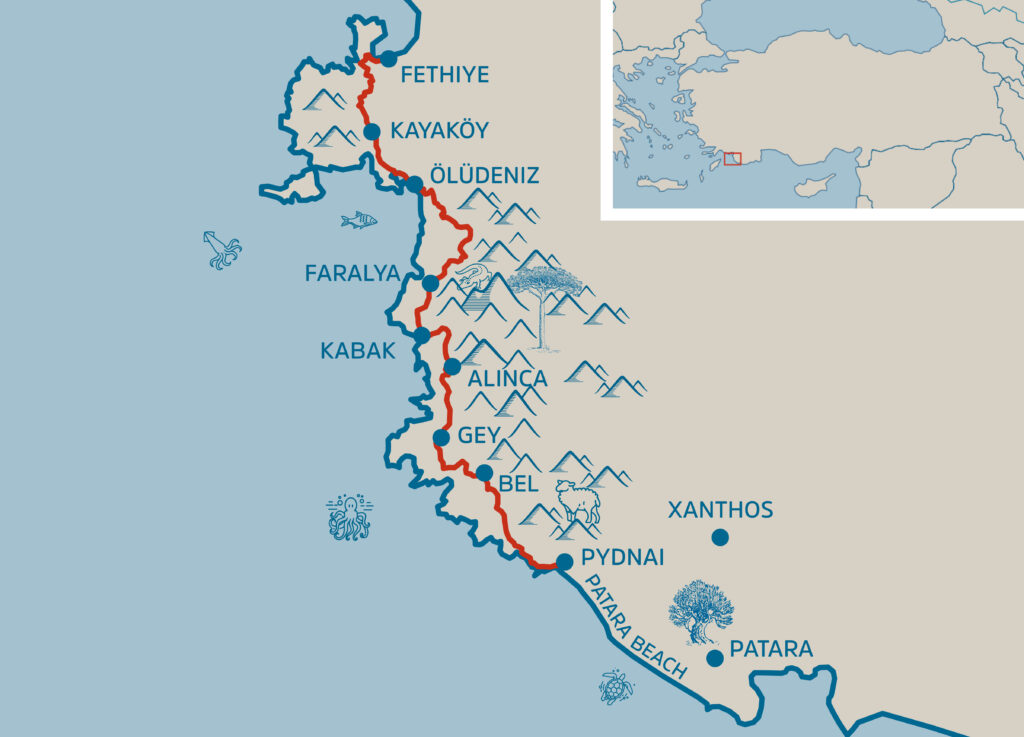
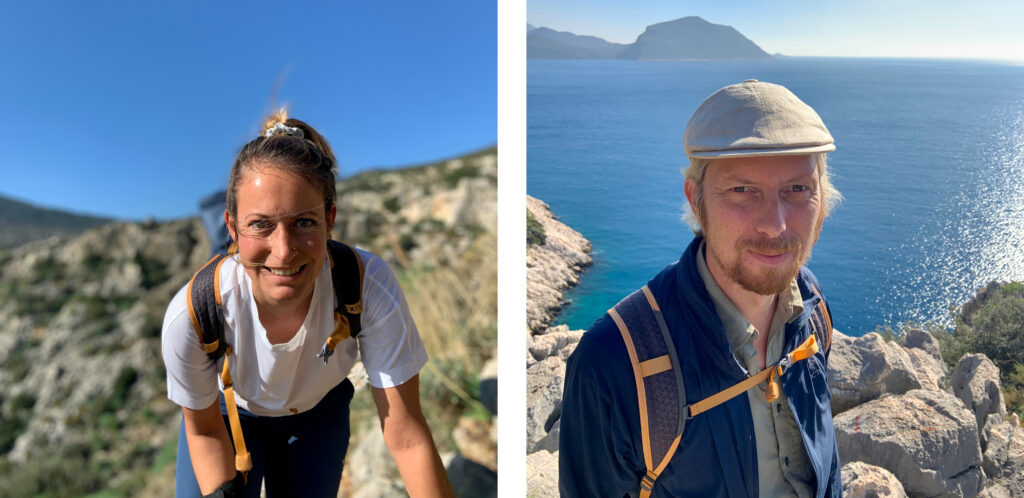
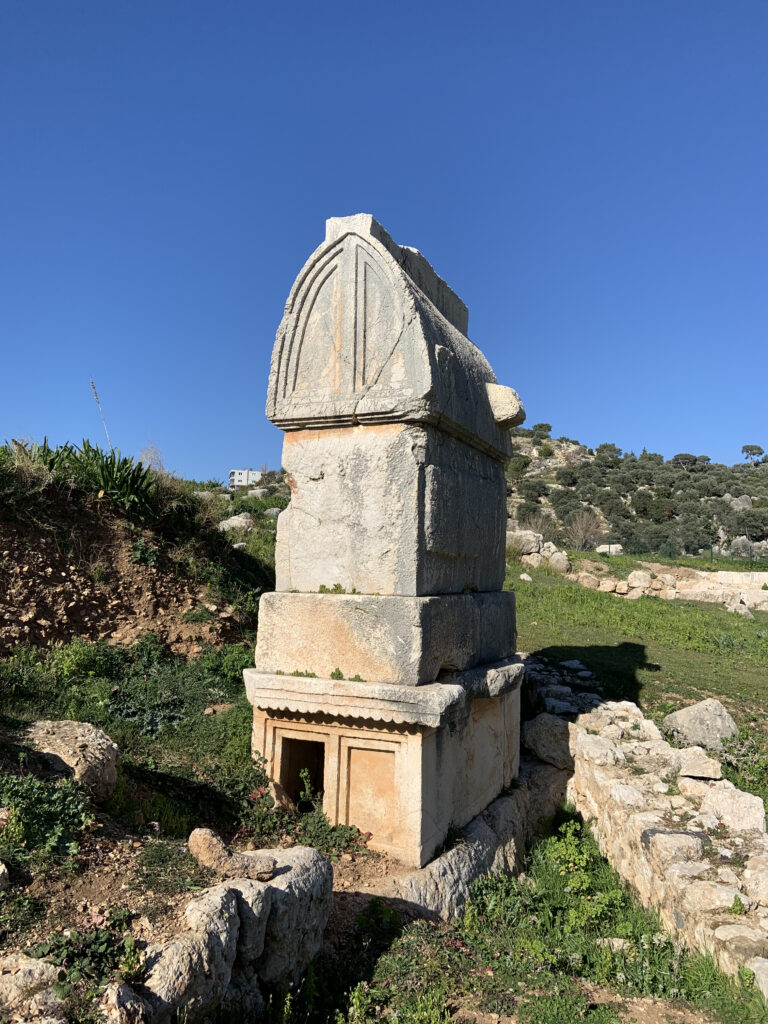
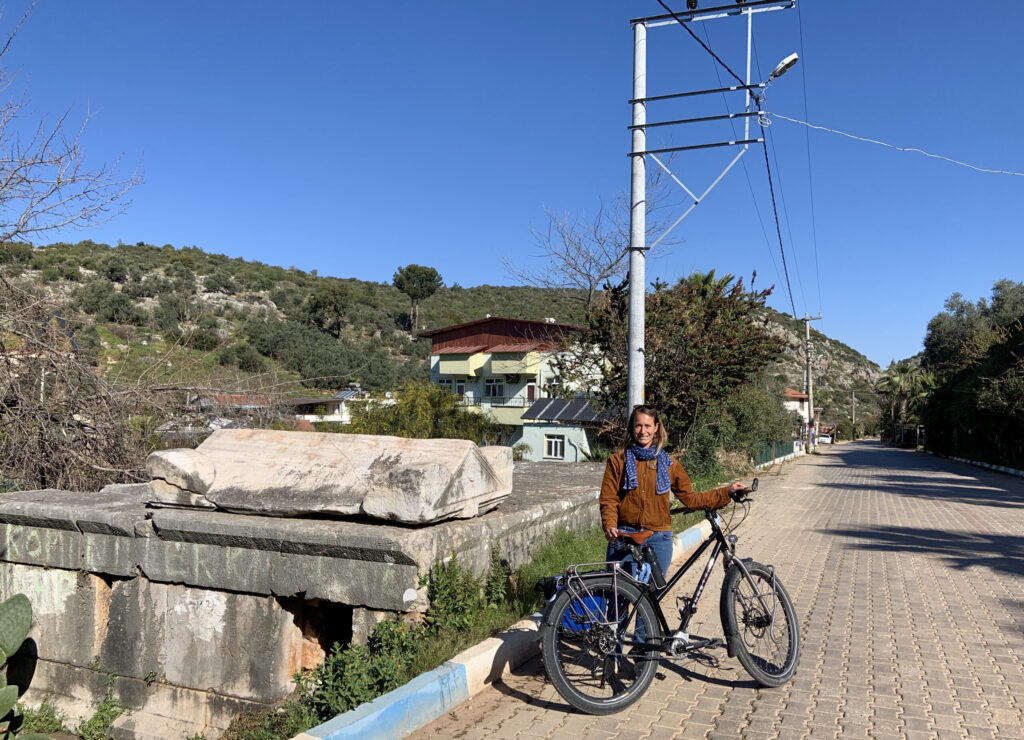
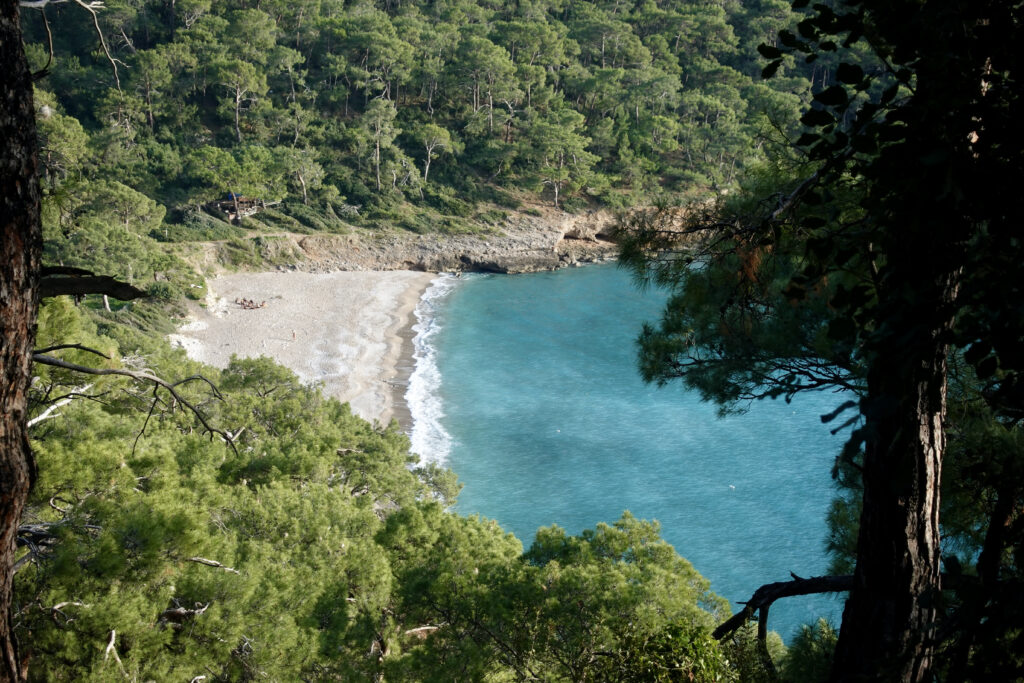
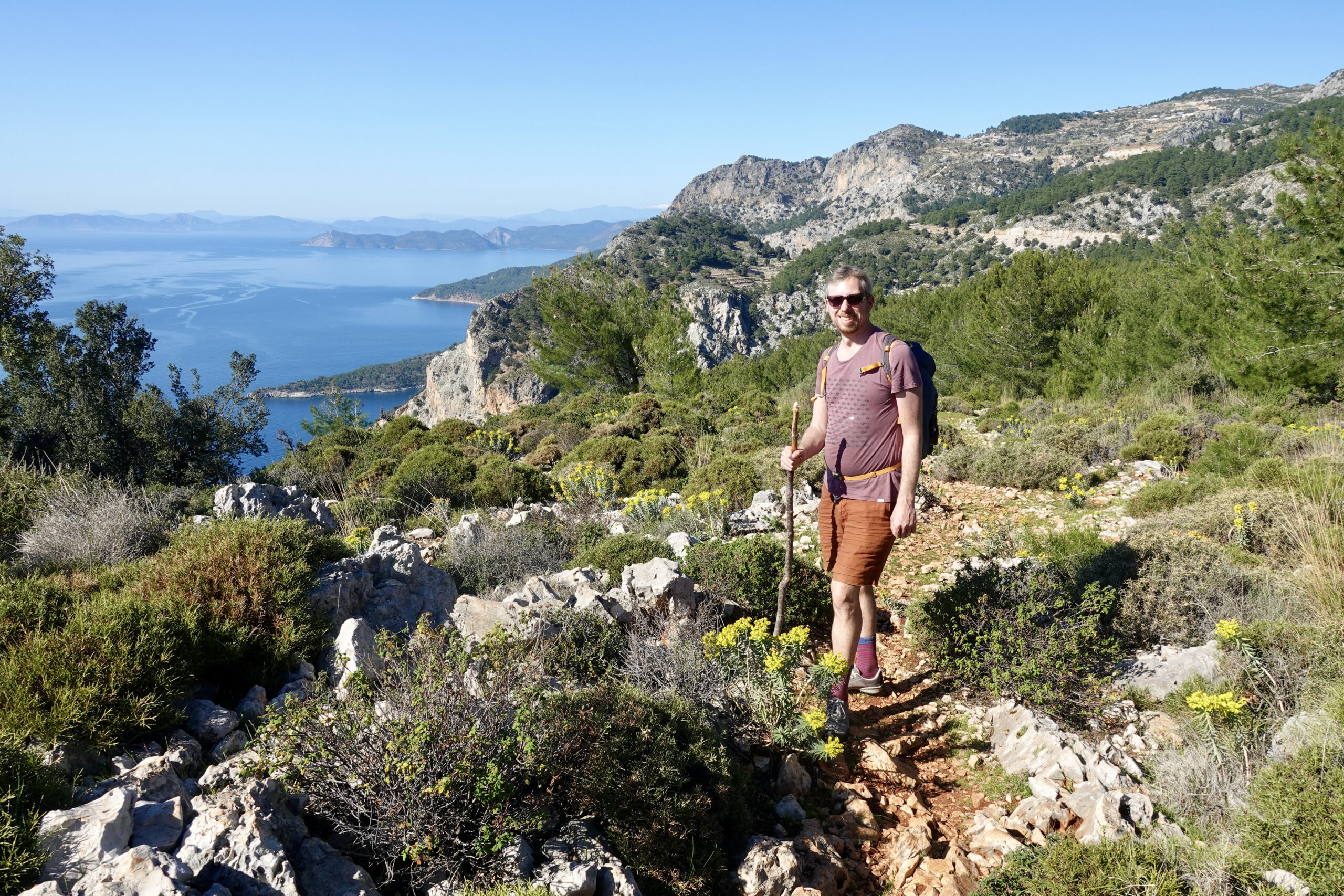
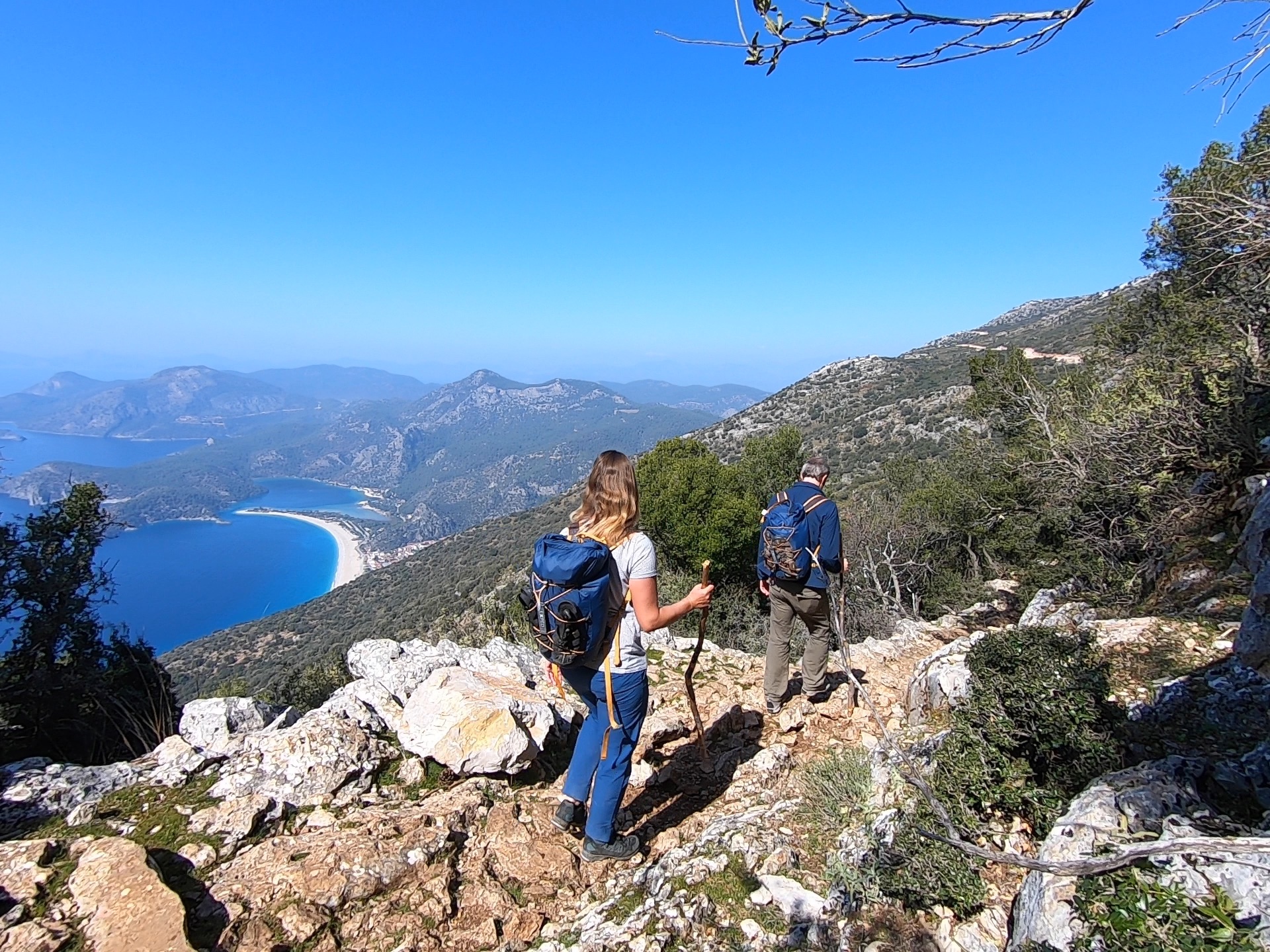

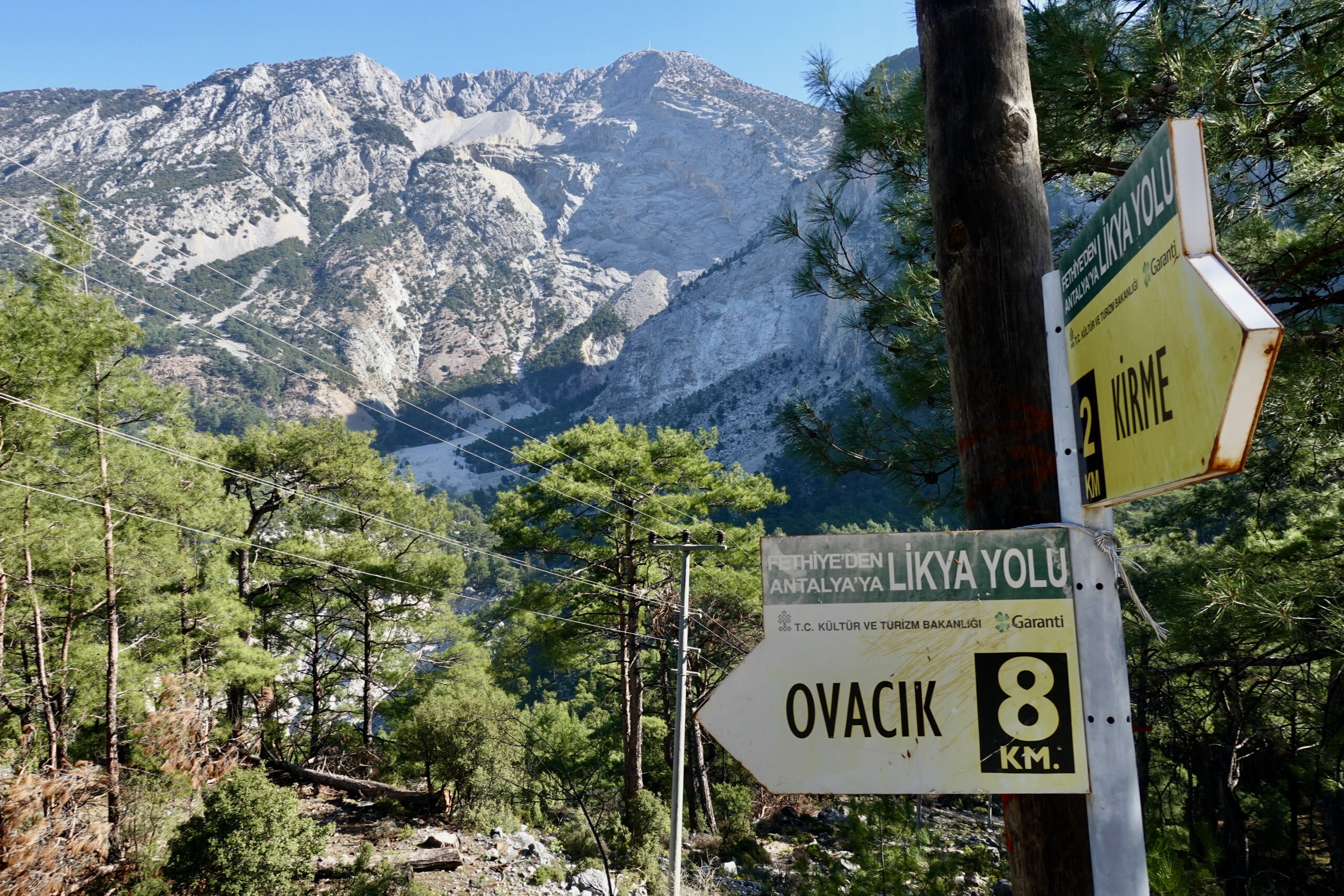
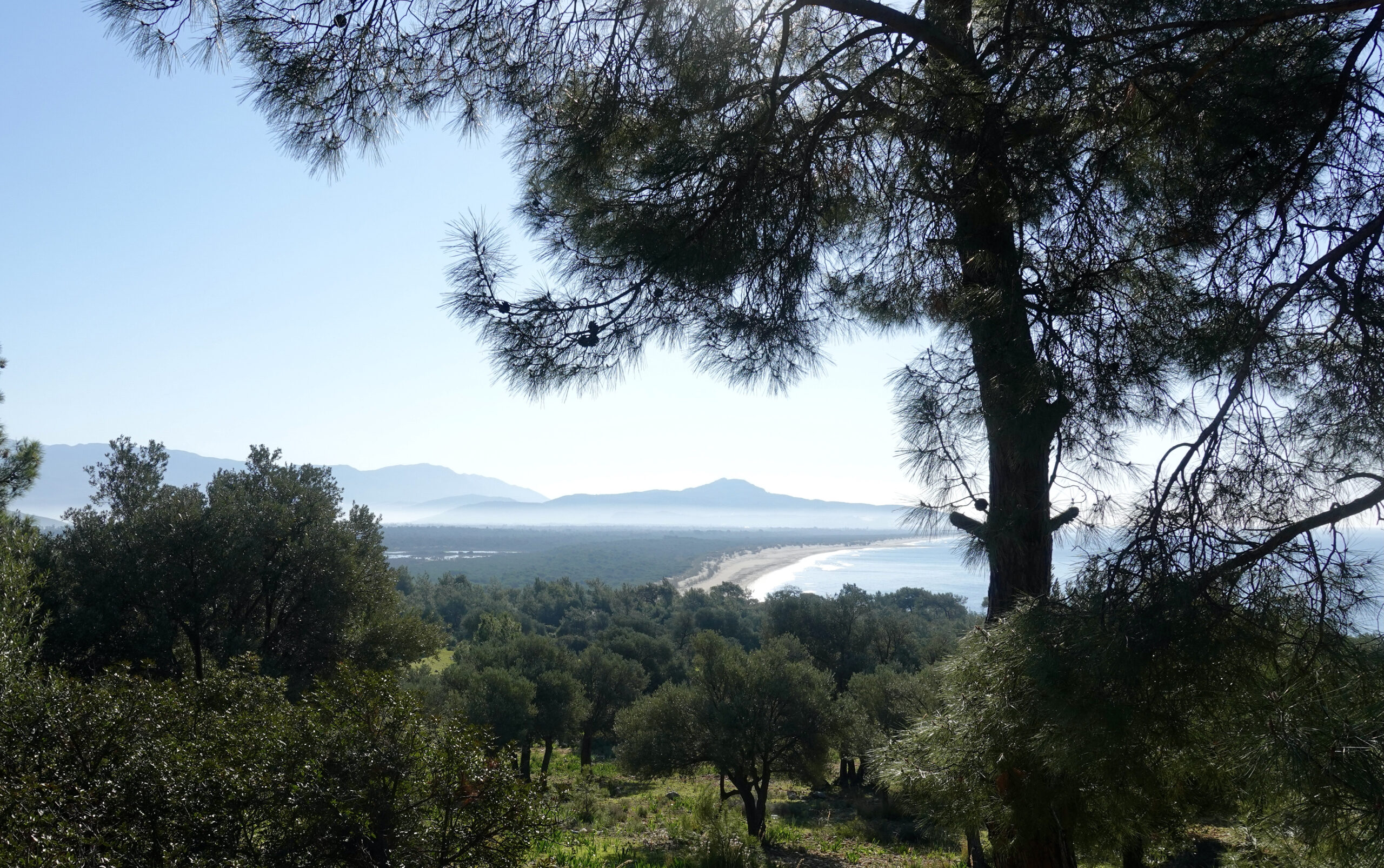

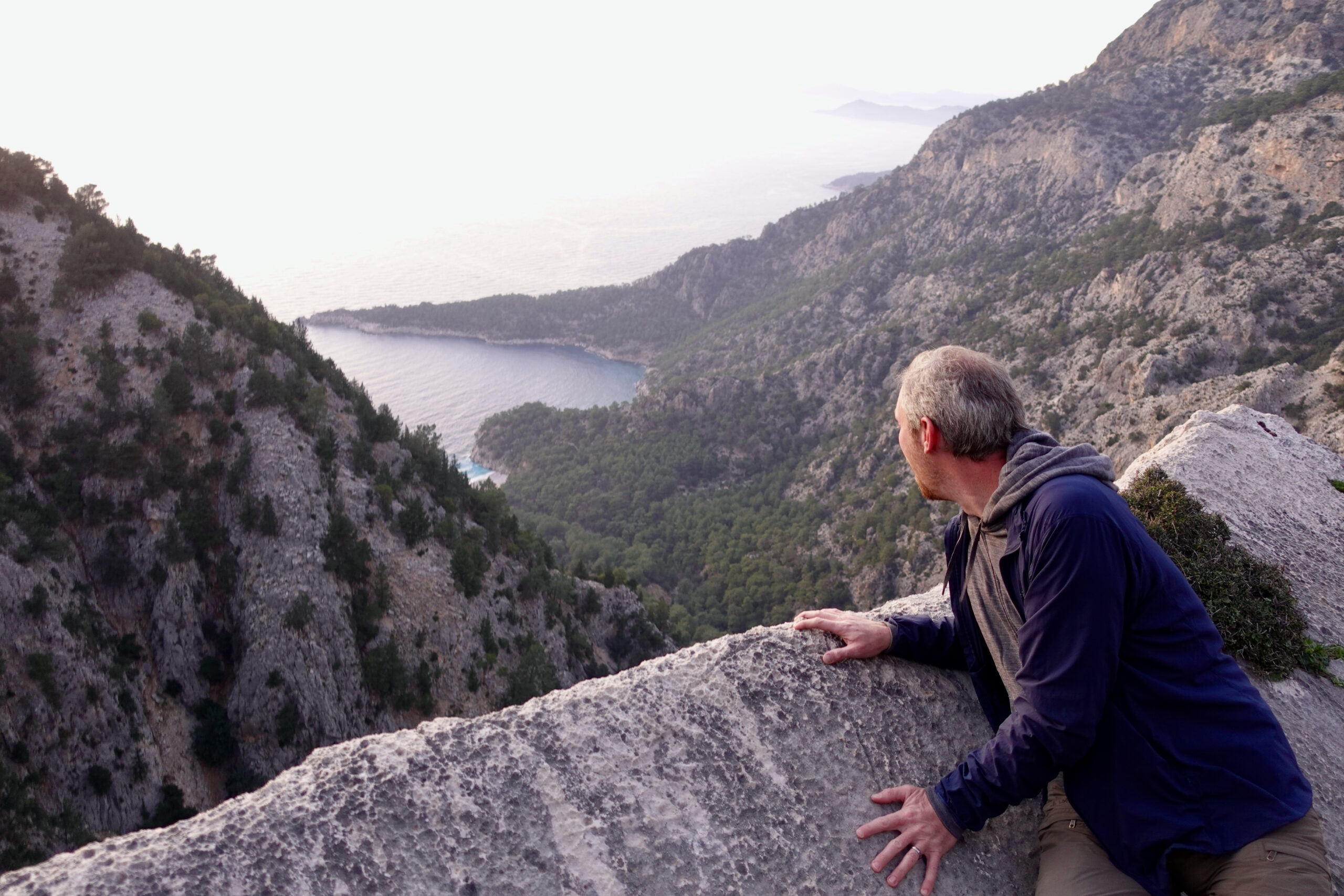
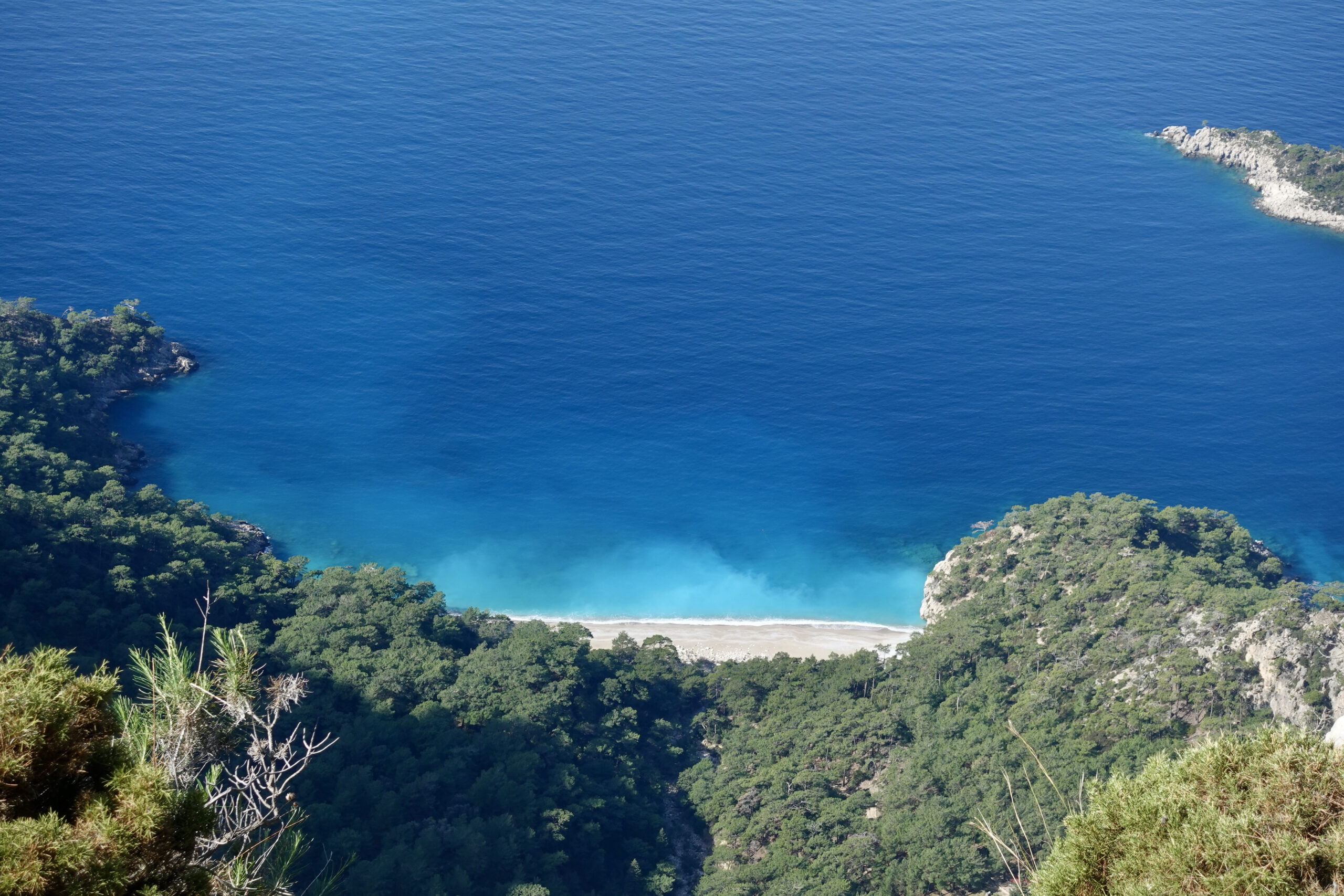



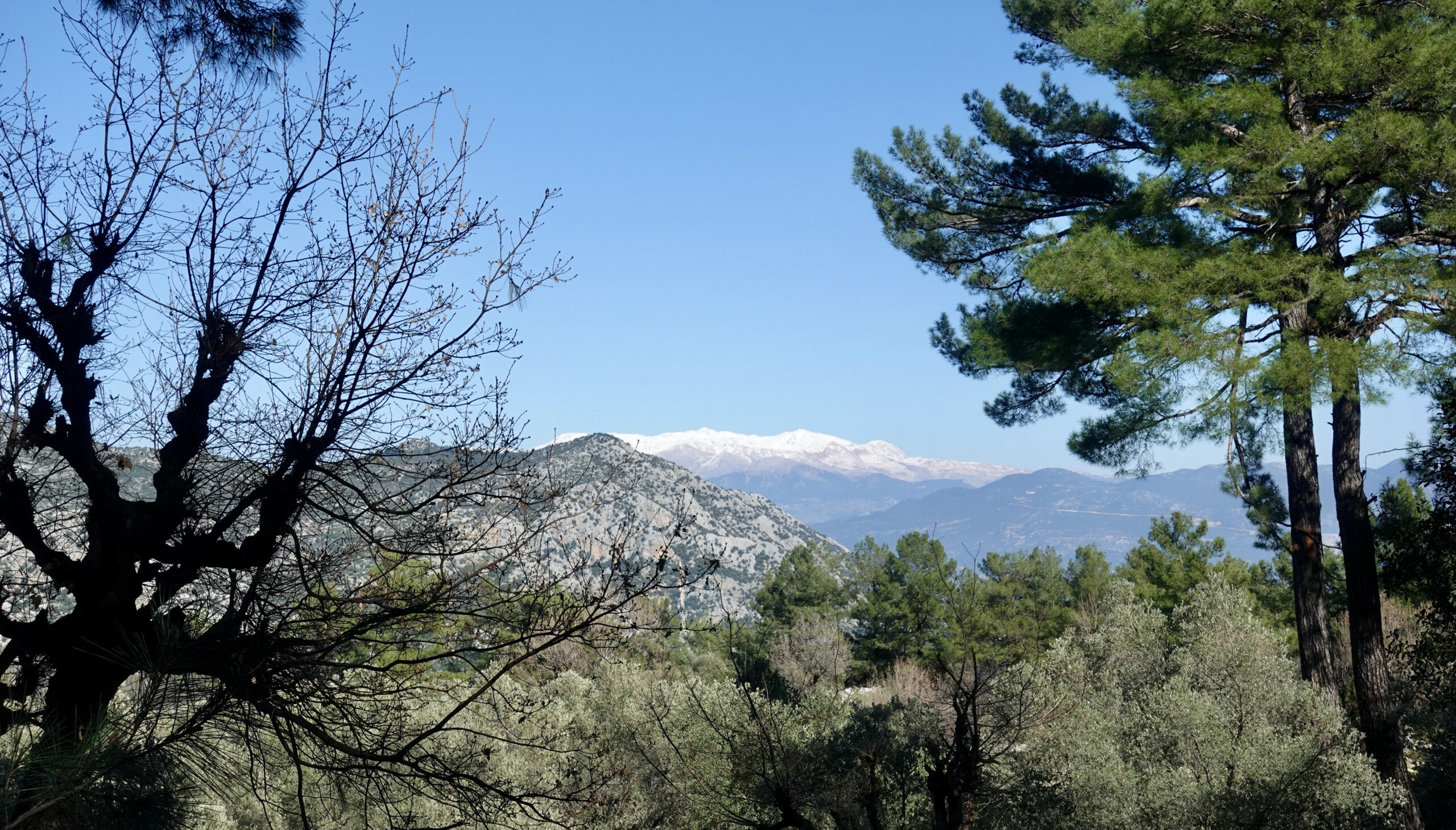

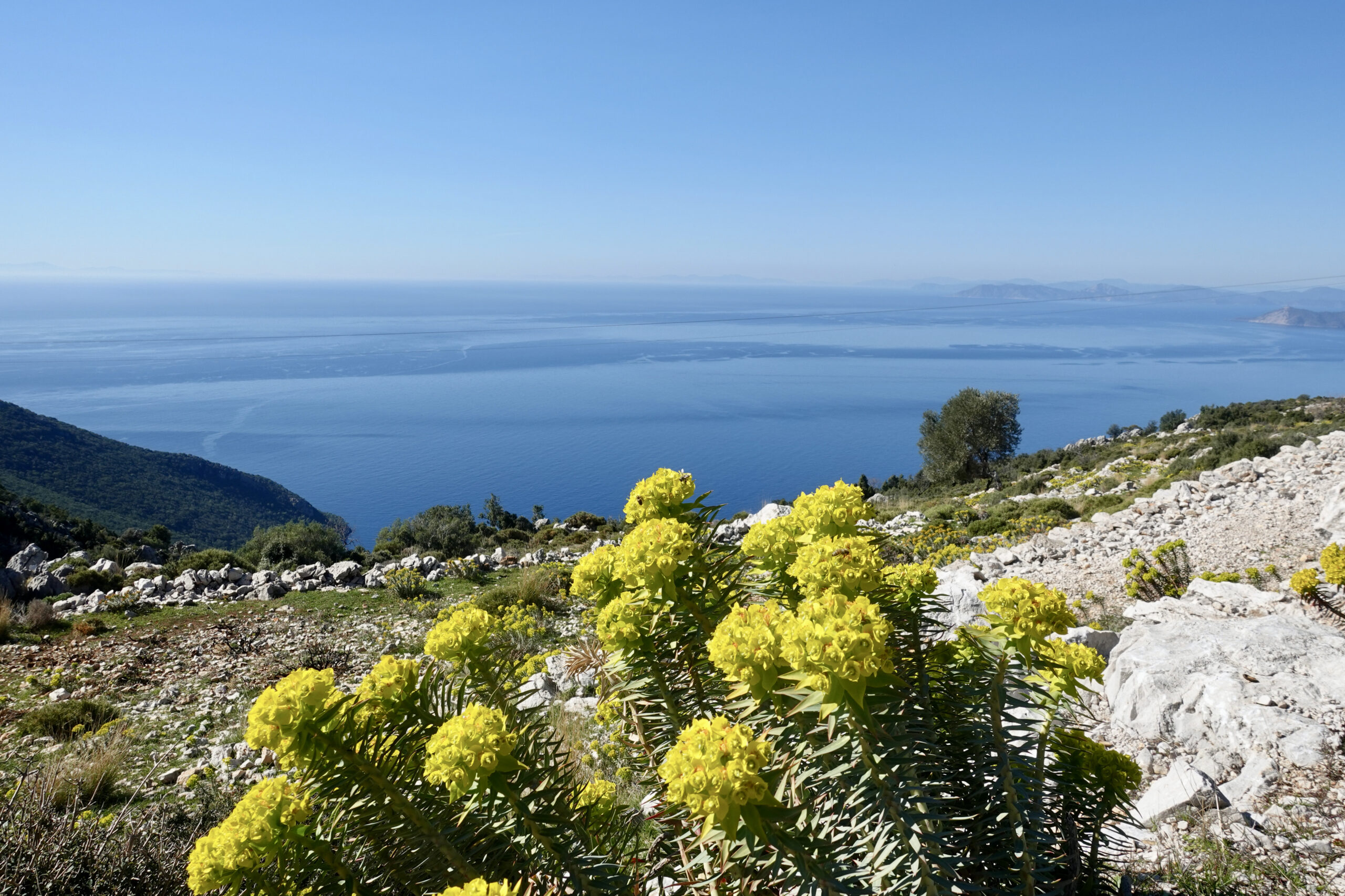

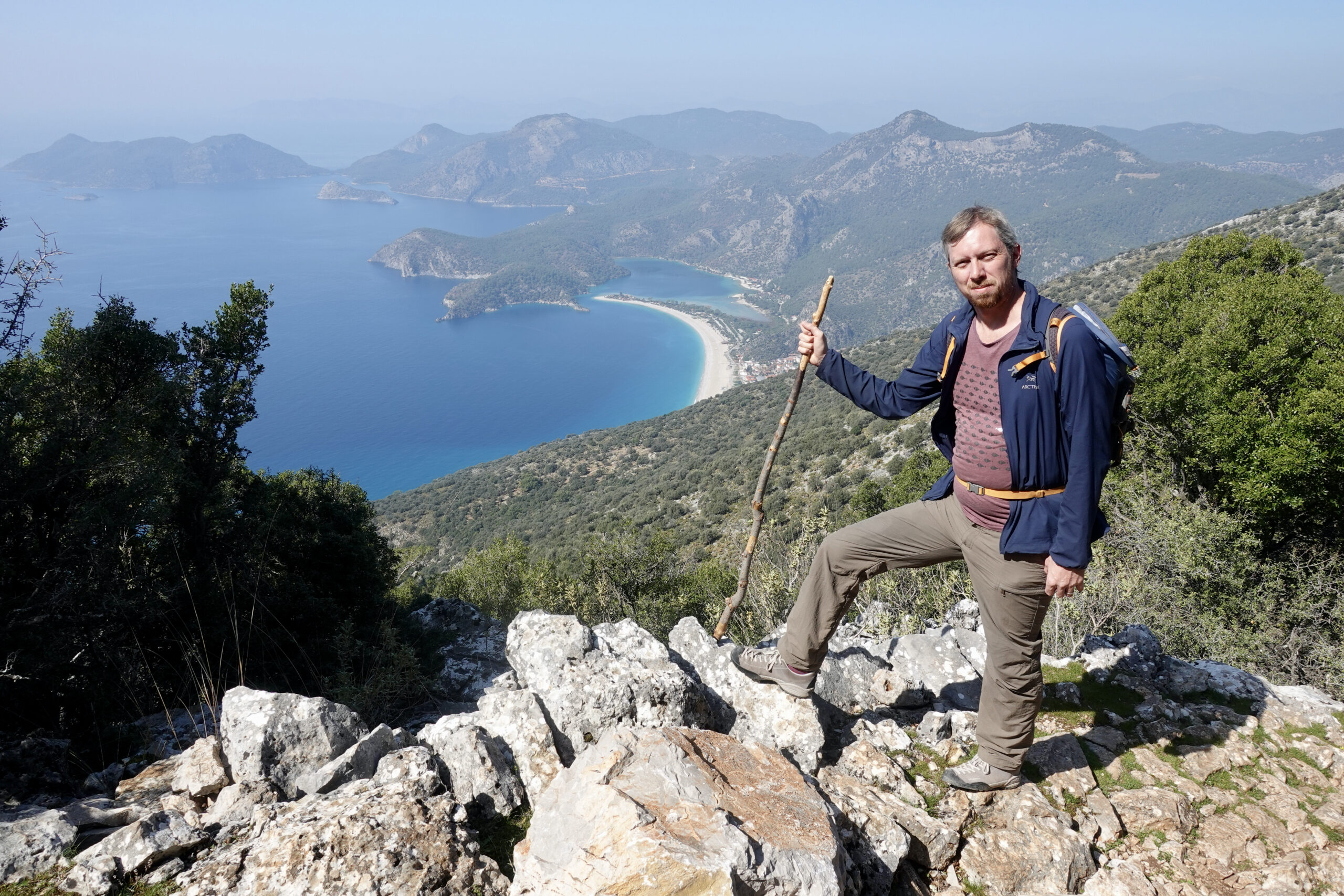

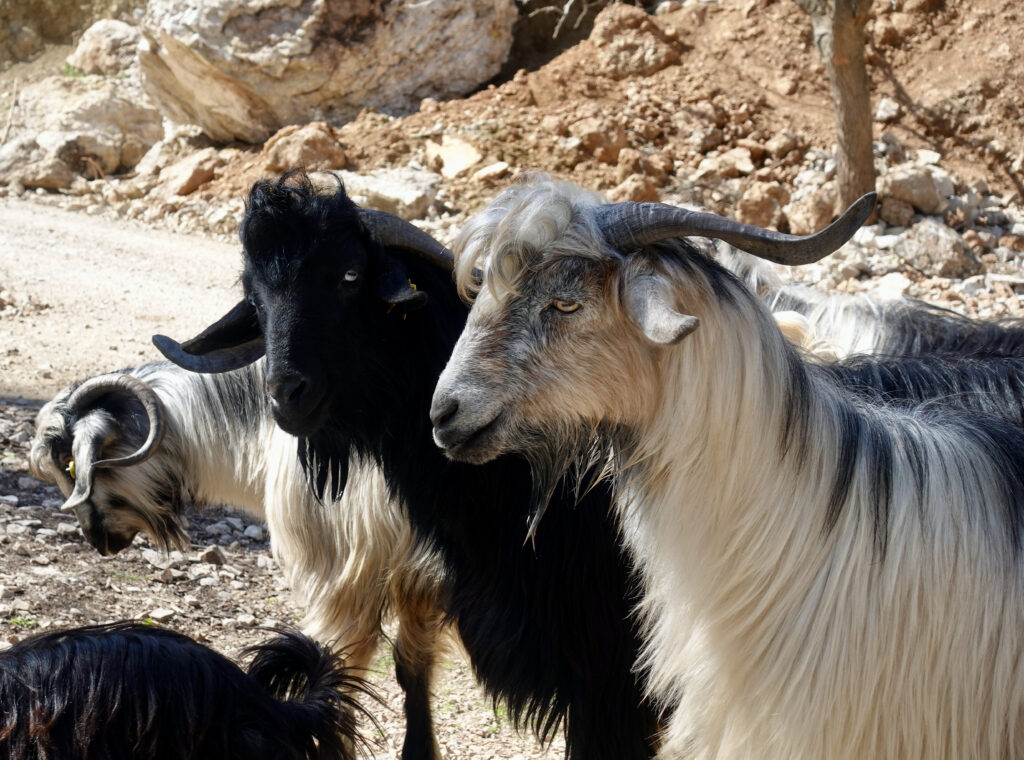
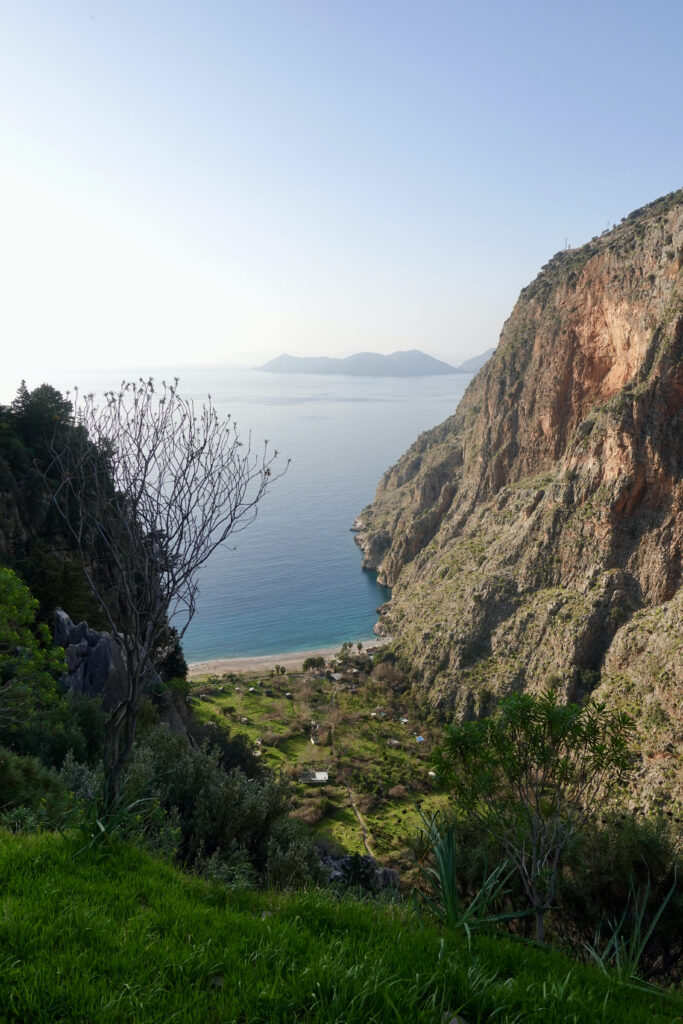

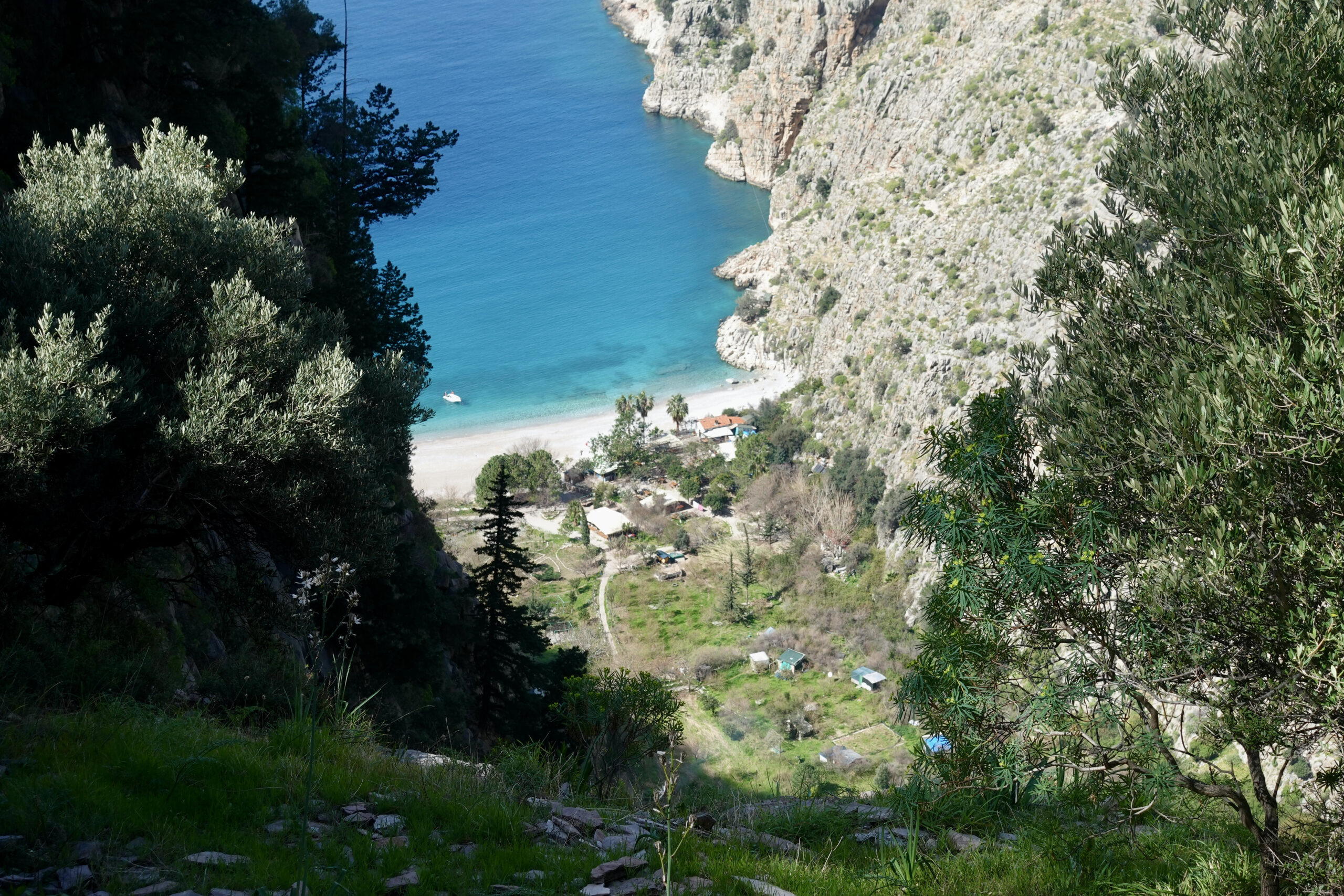

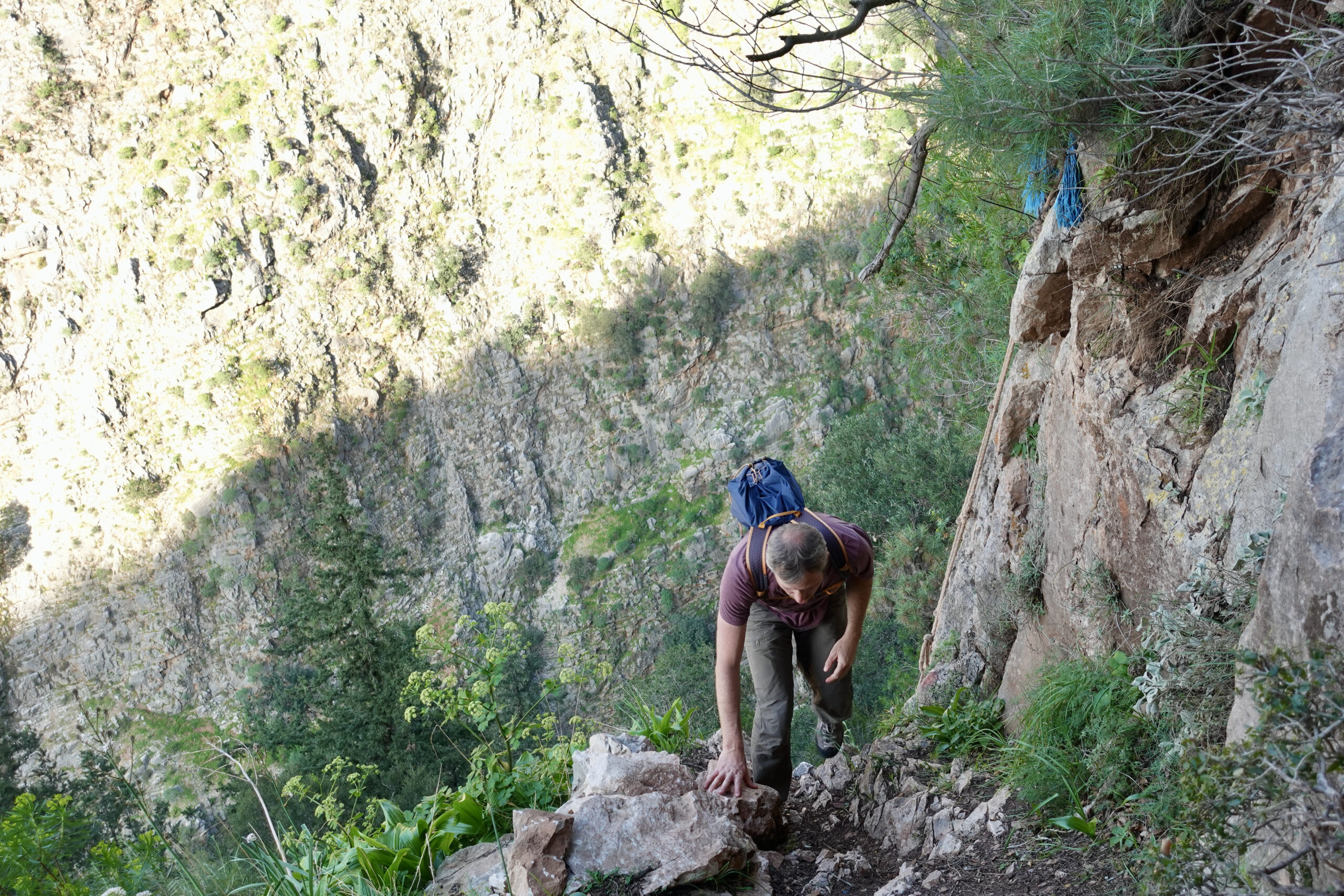
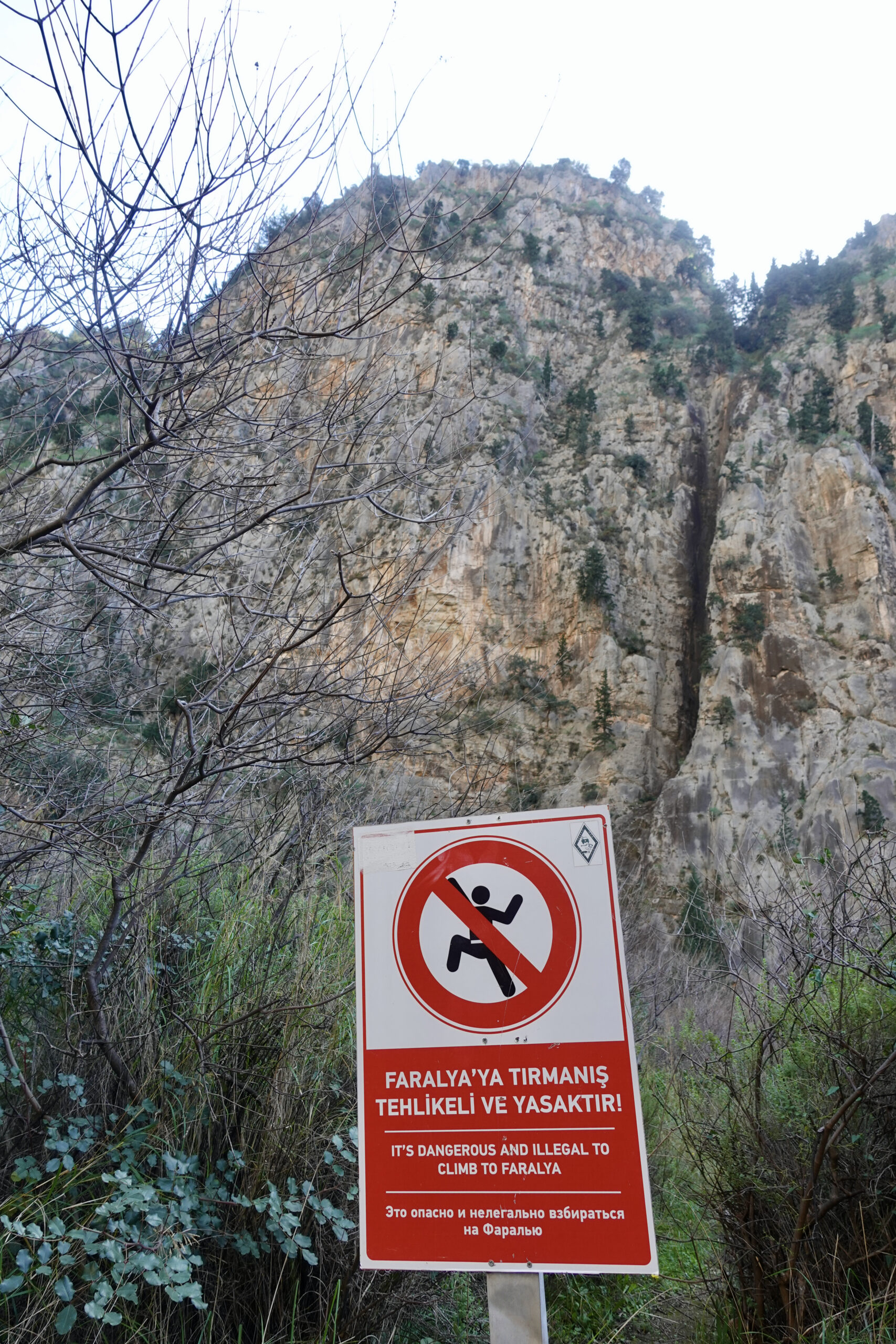
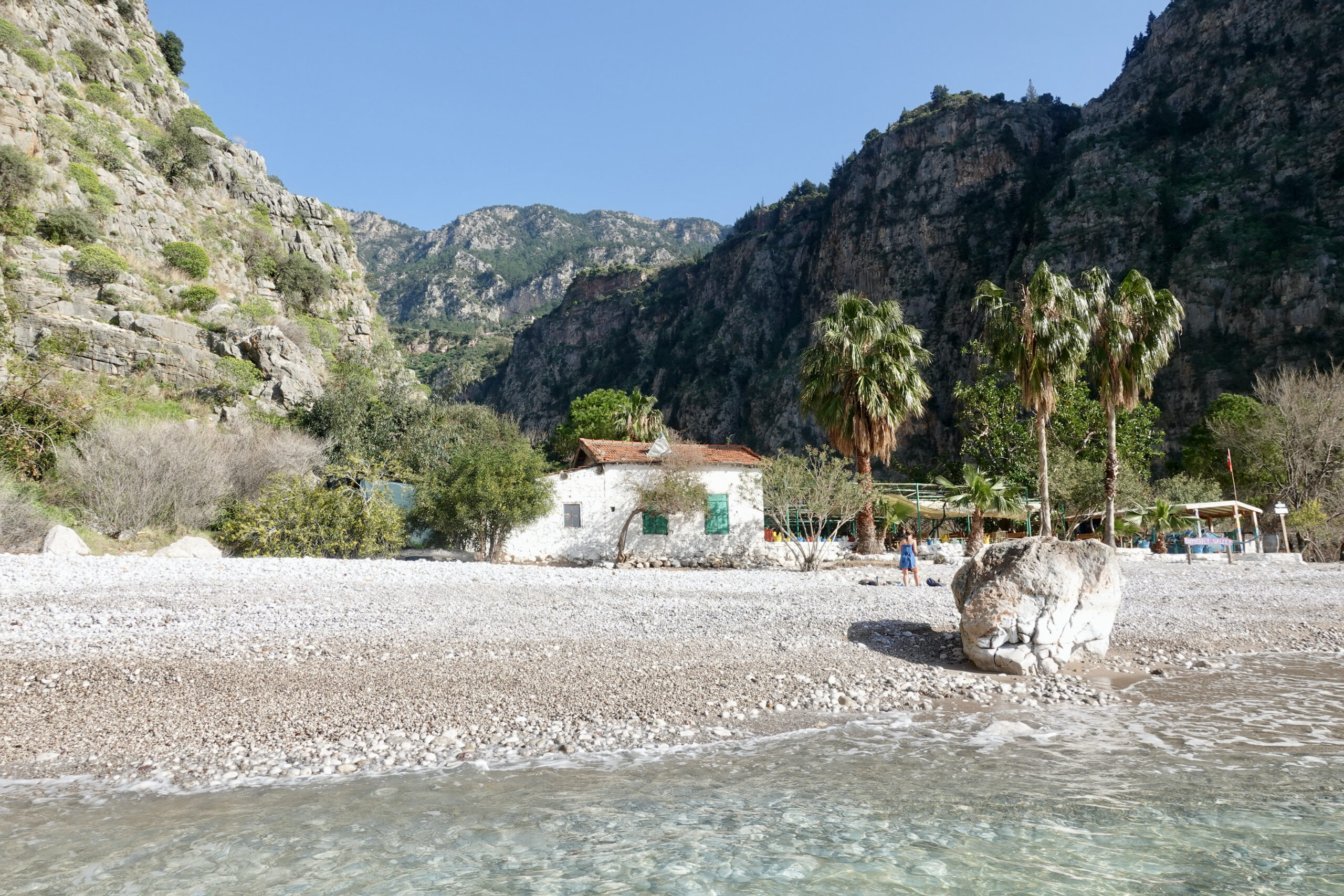
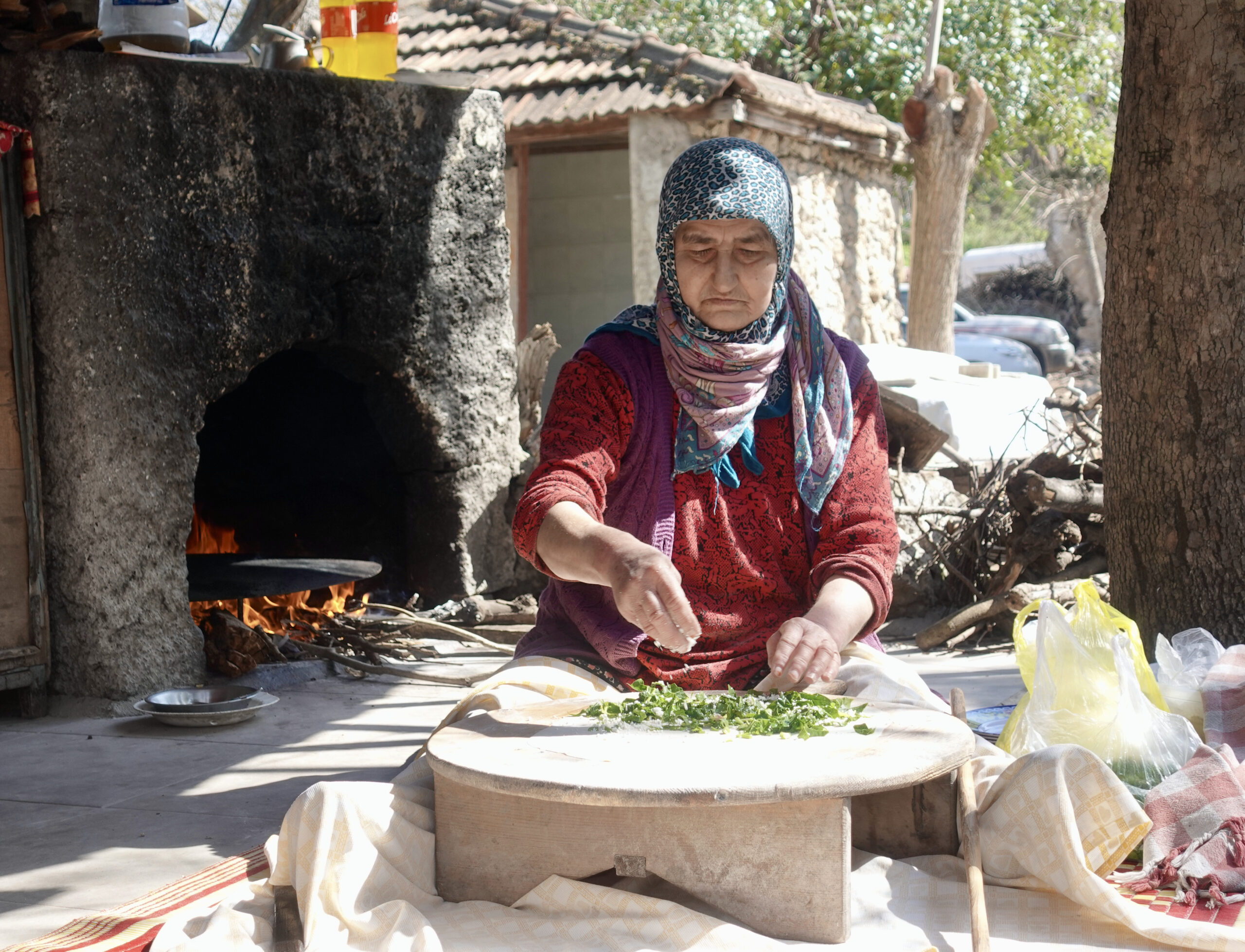

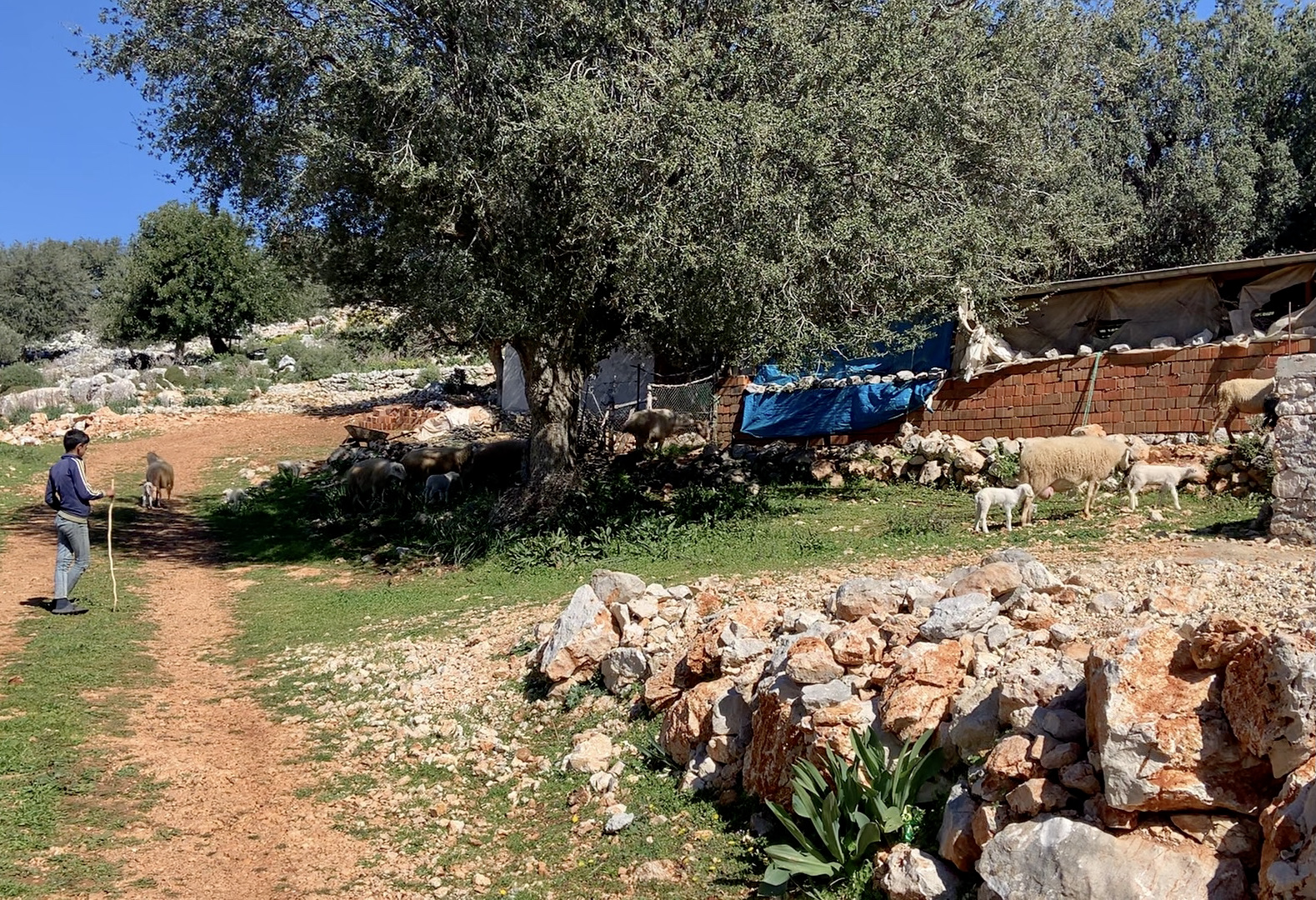
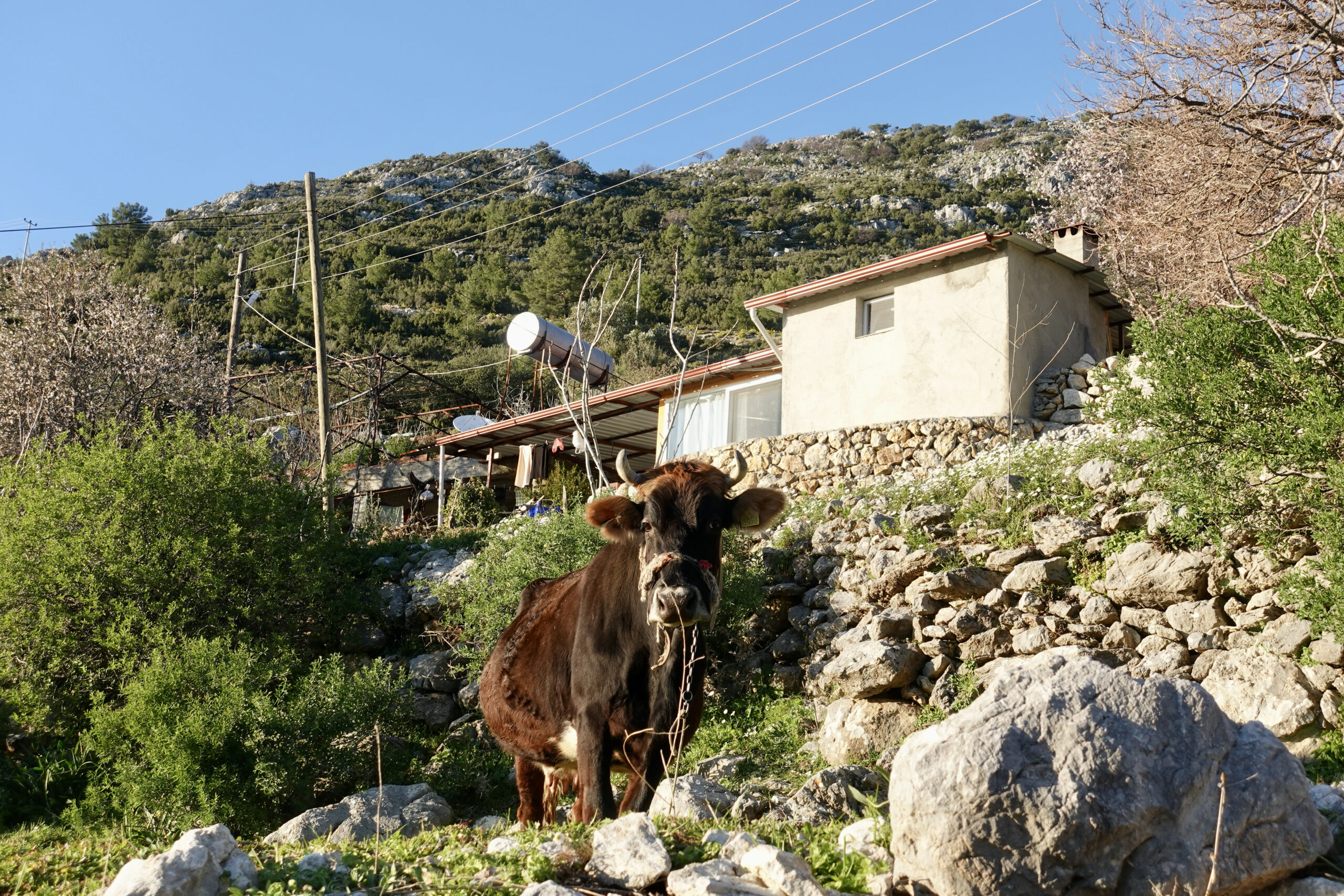
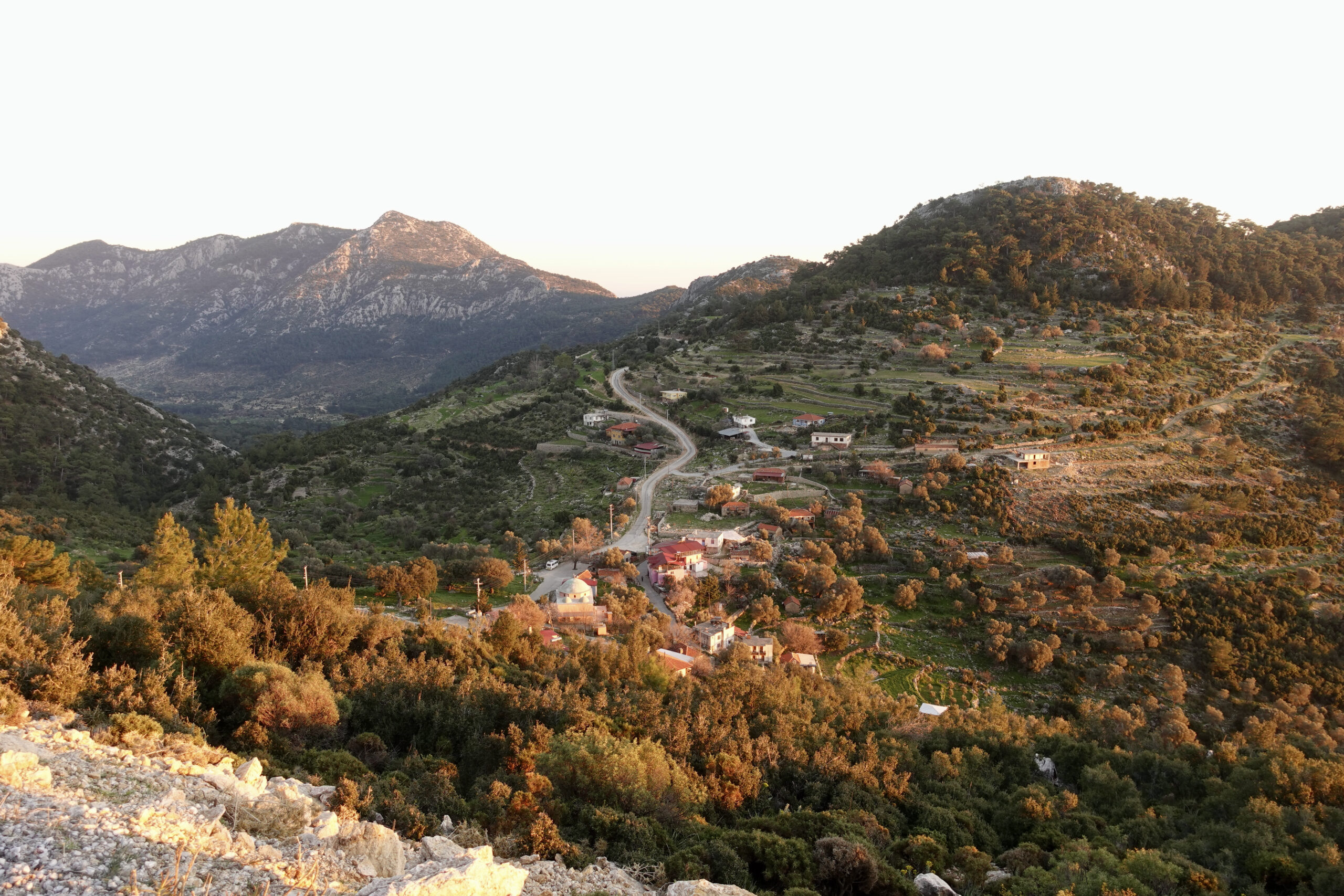
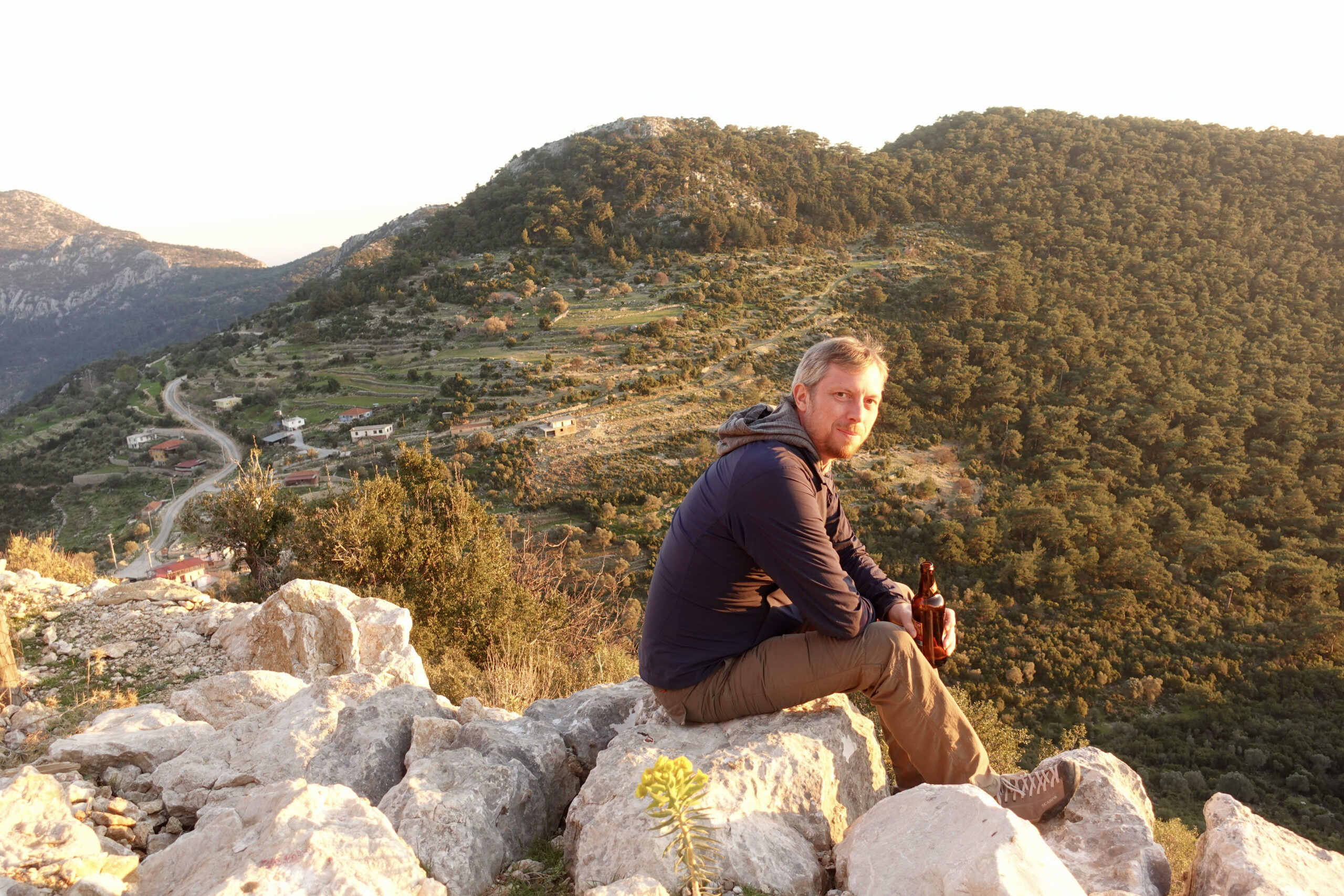

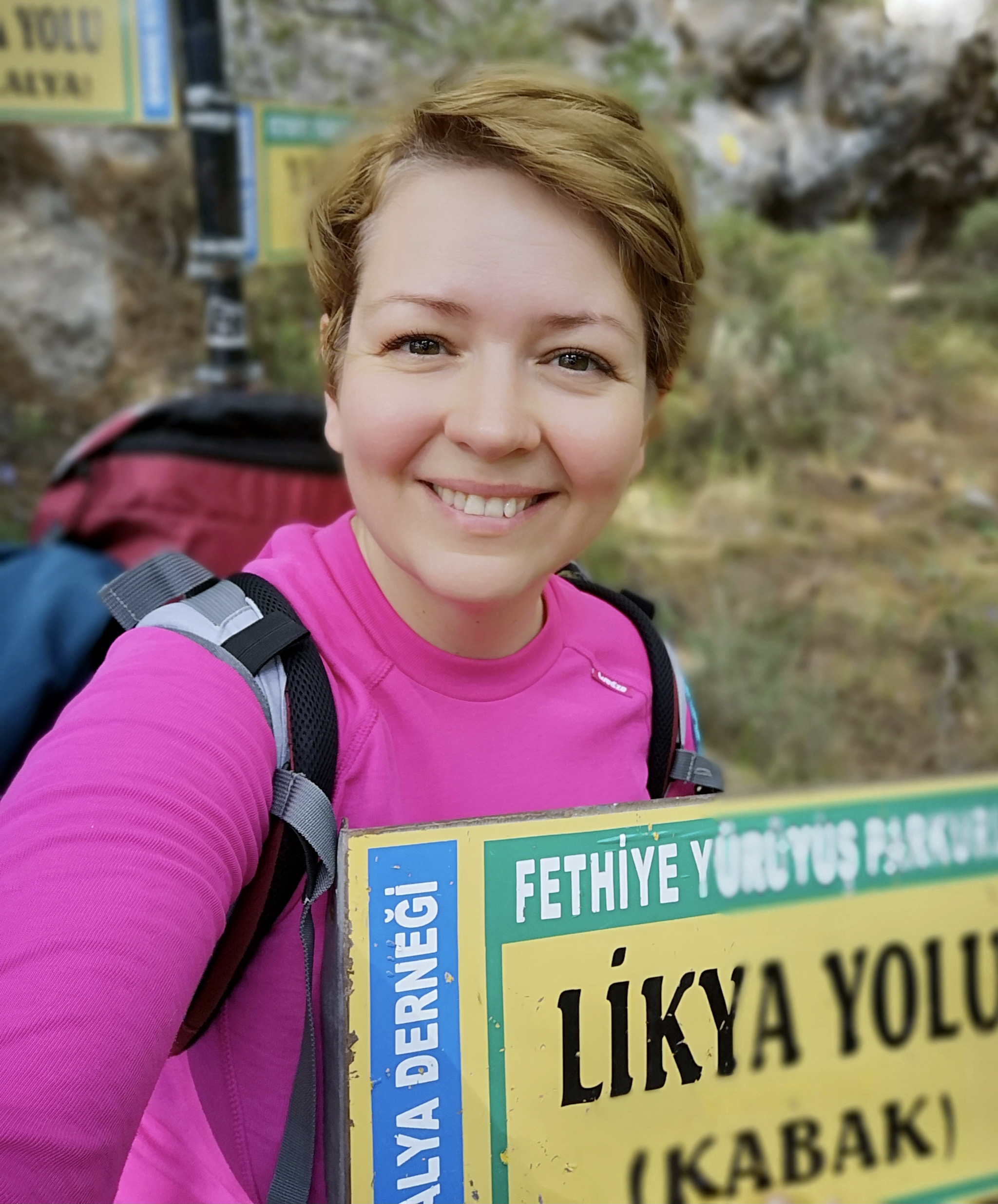



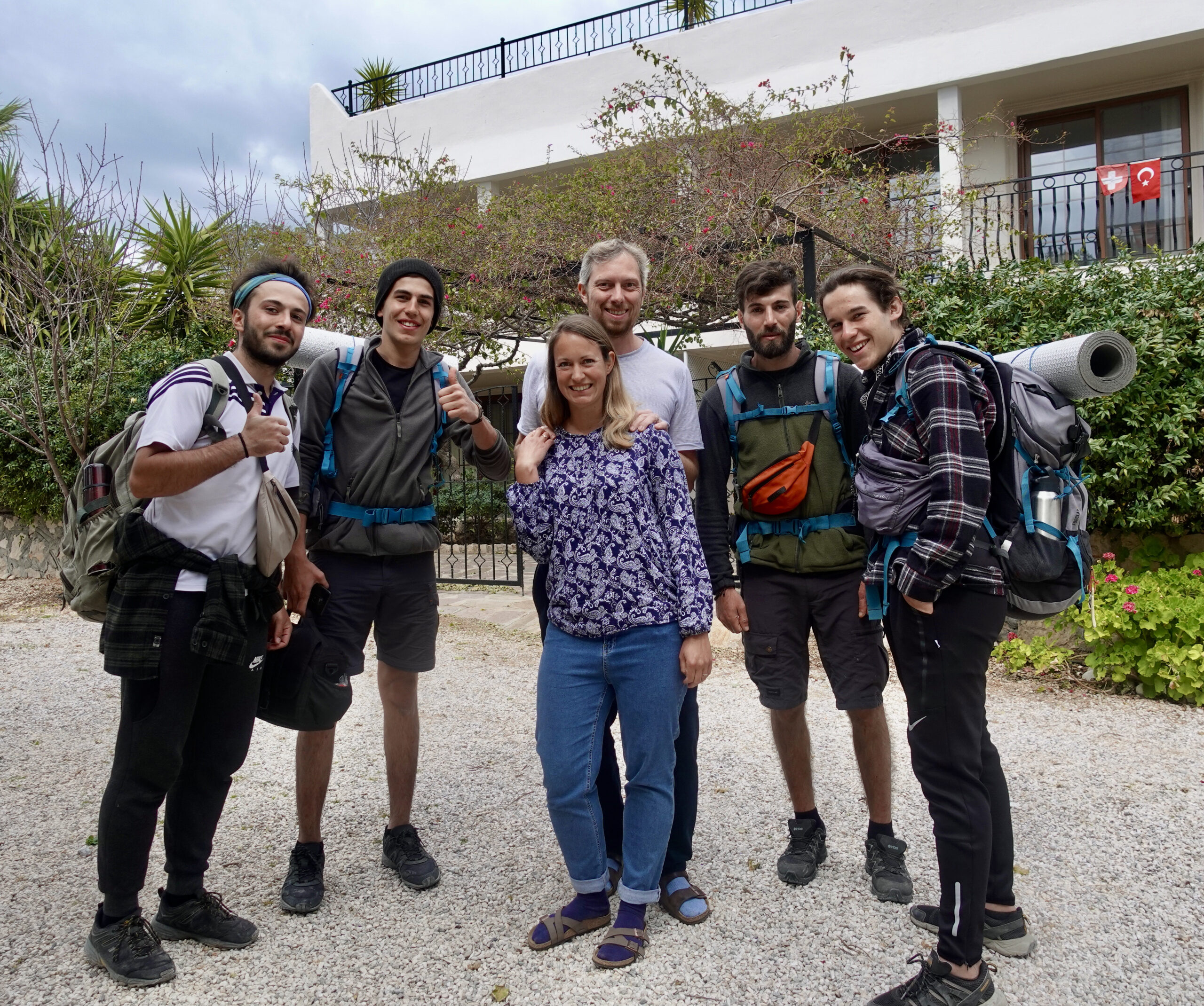

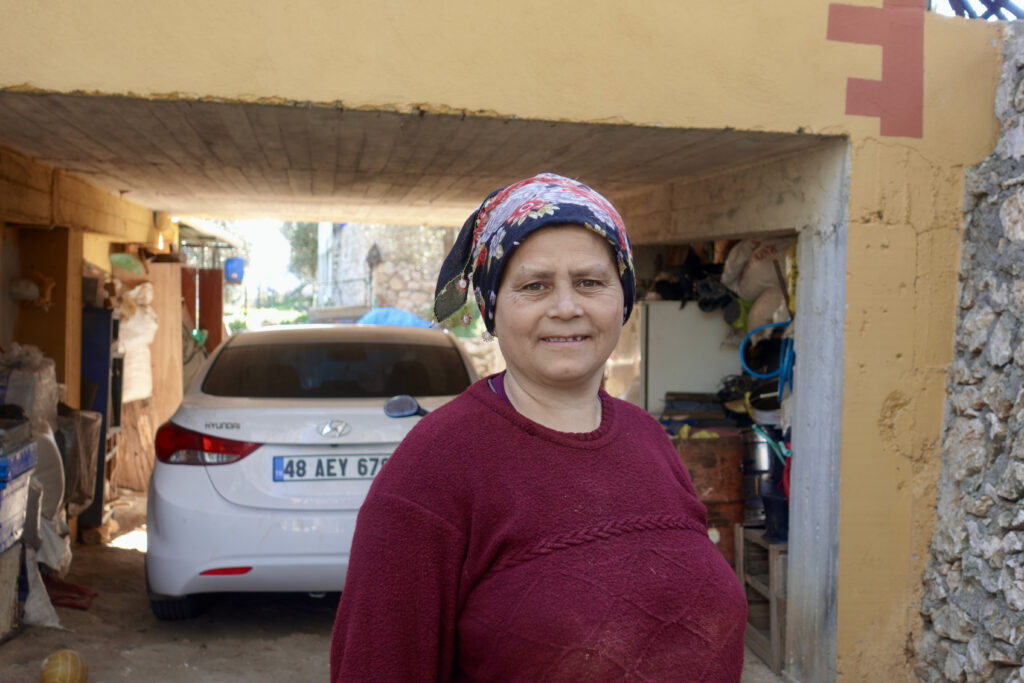


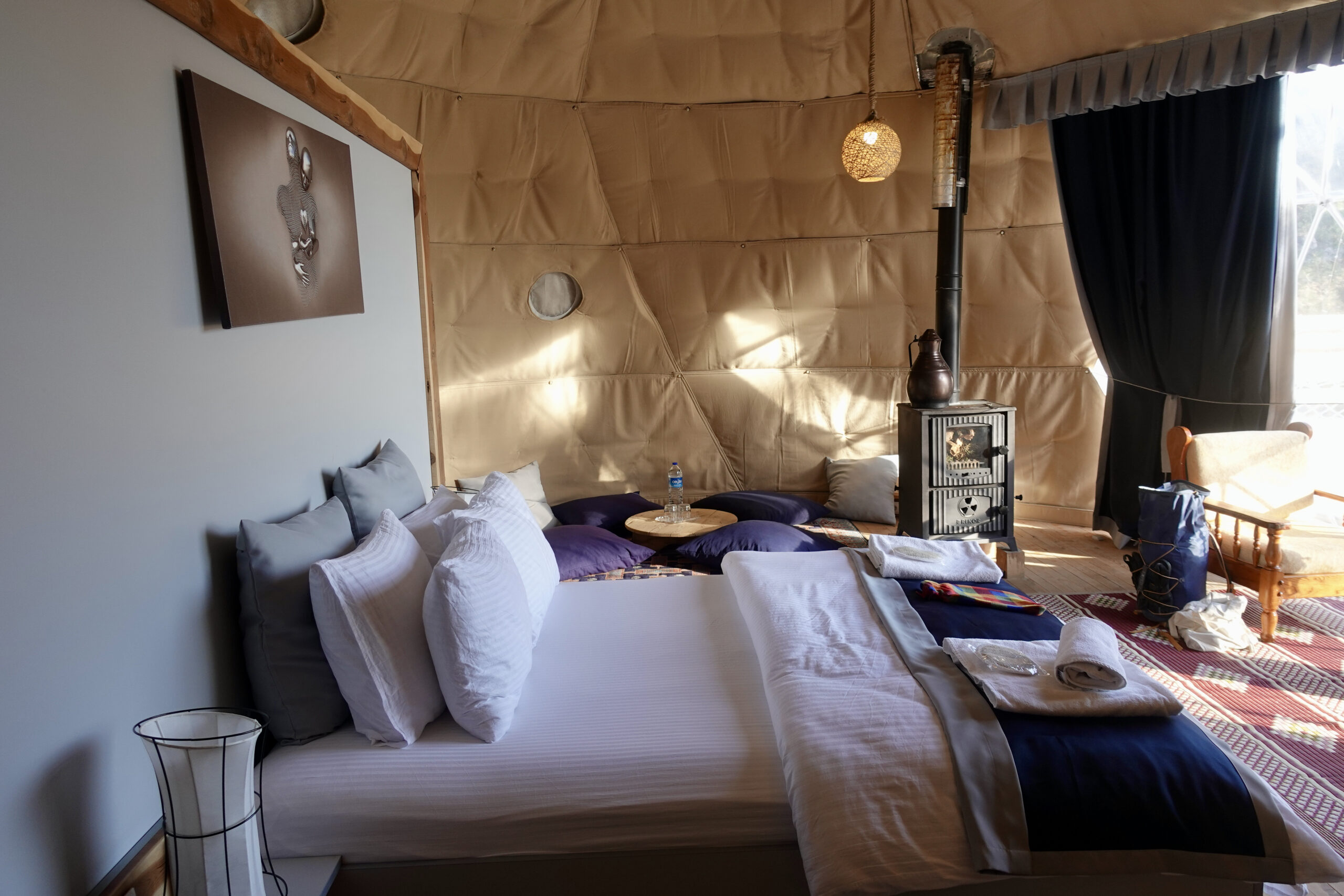
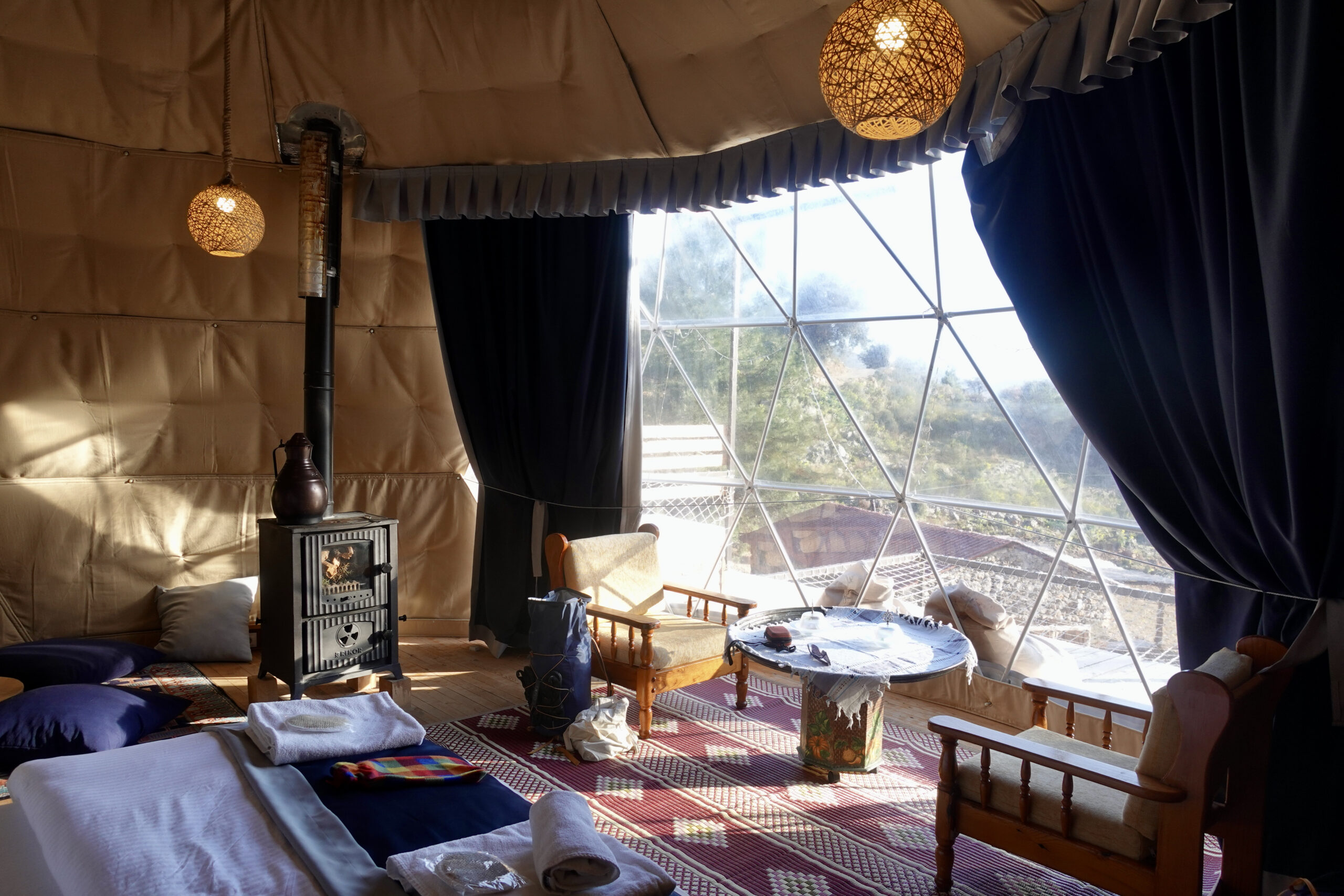
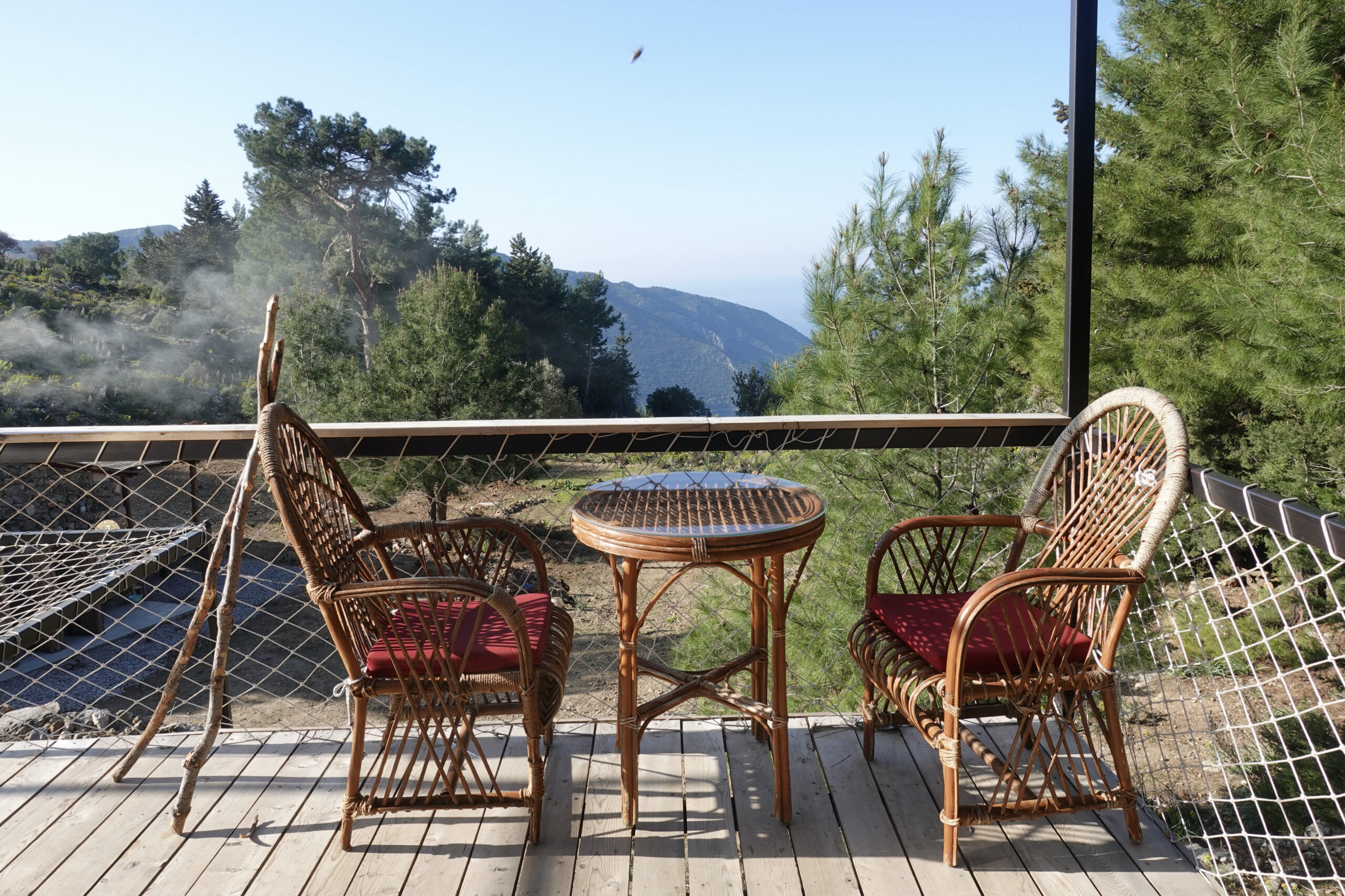
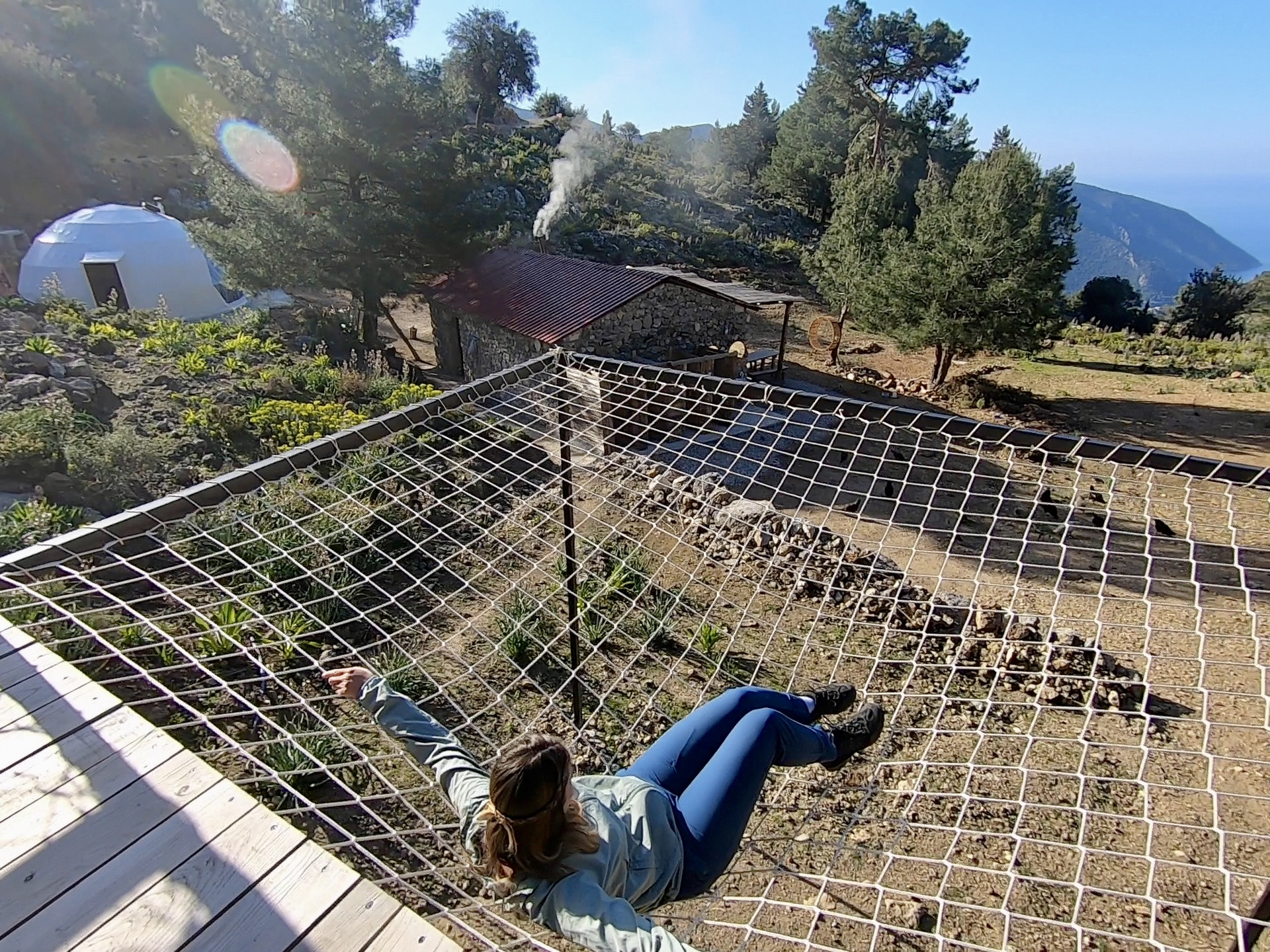

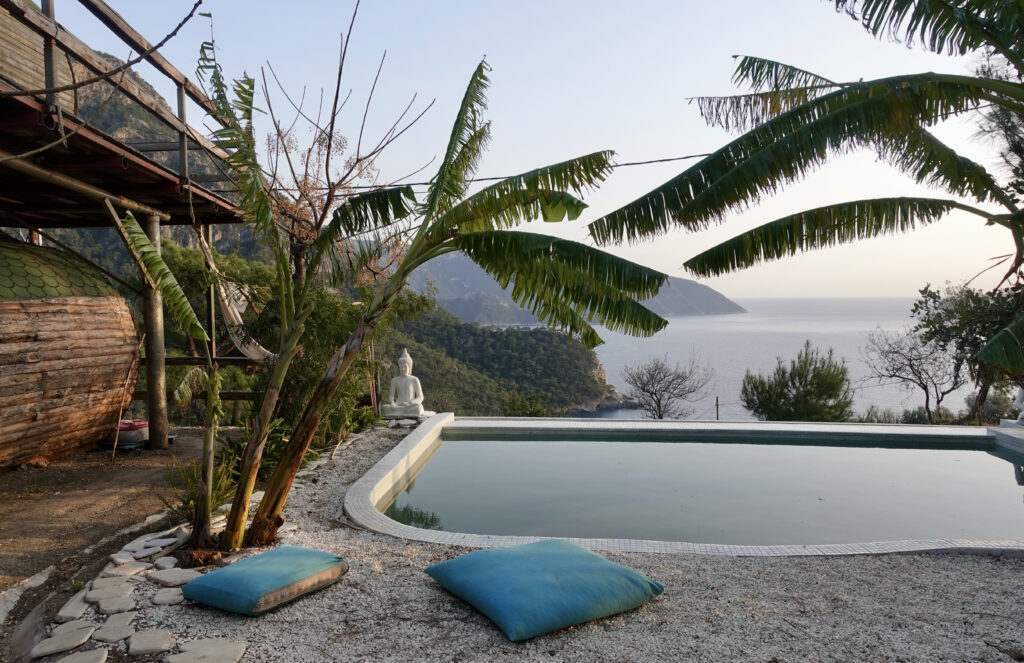
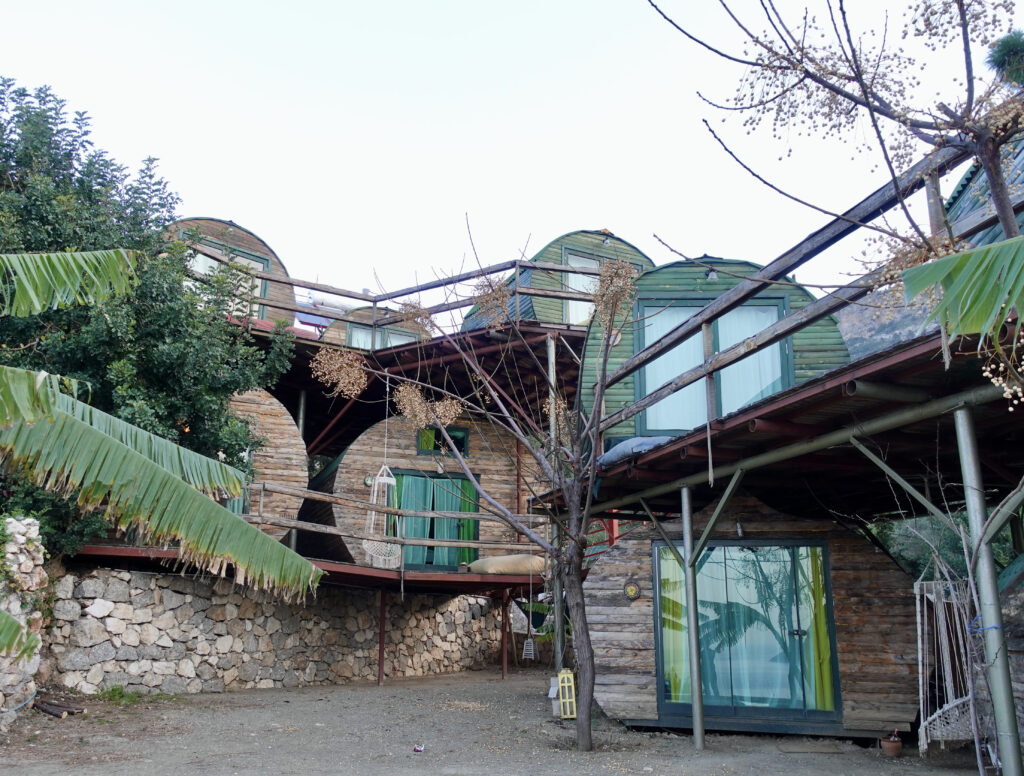
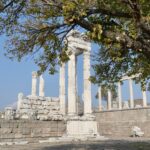
Leave a Reply